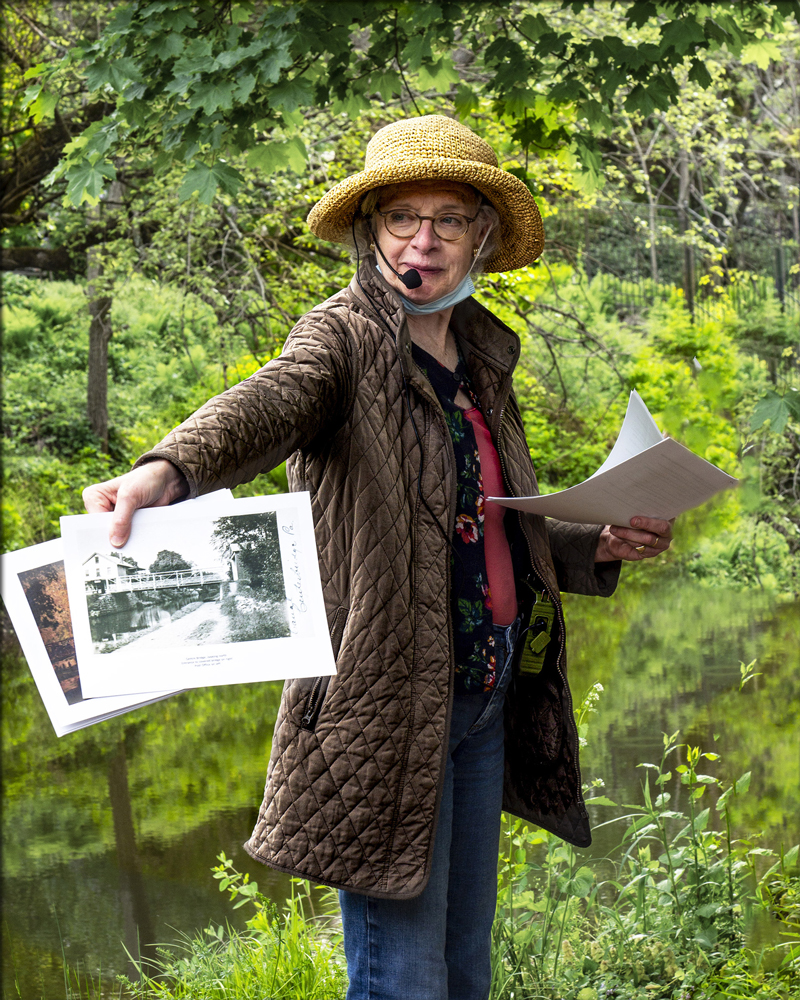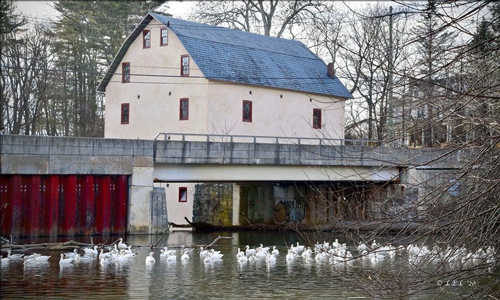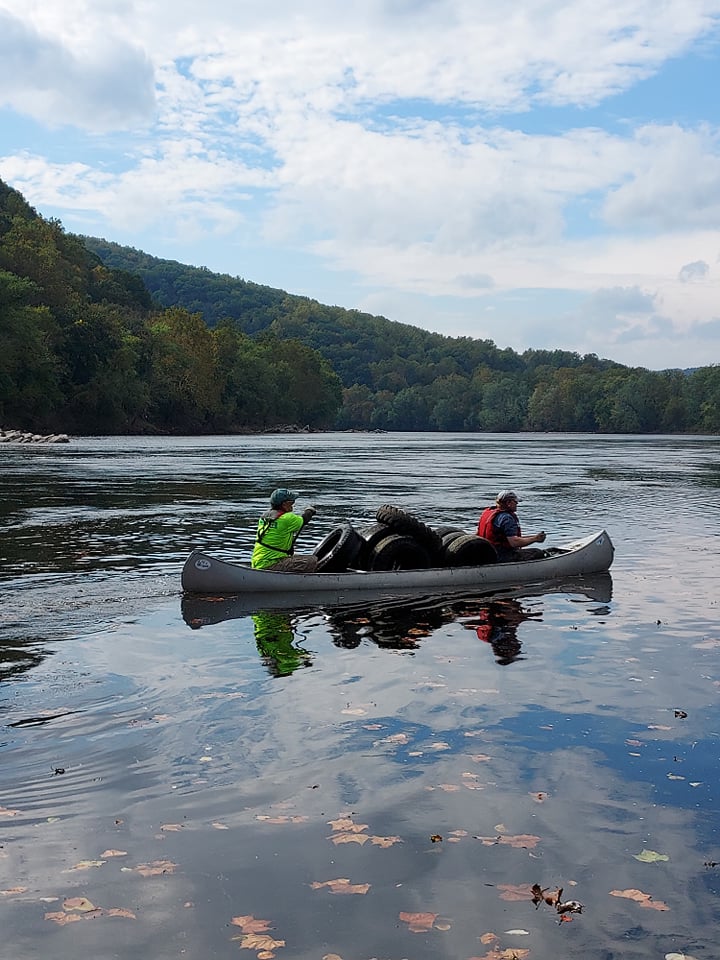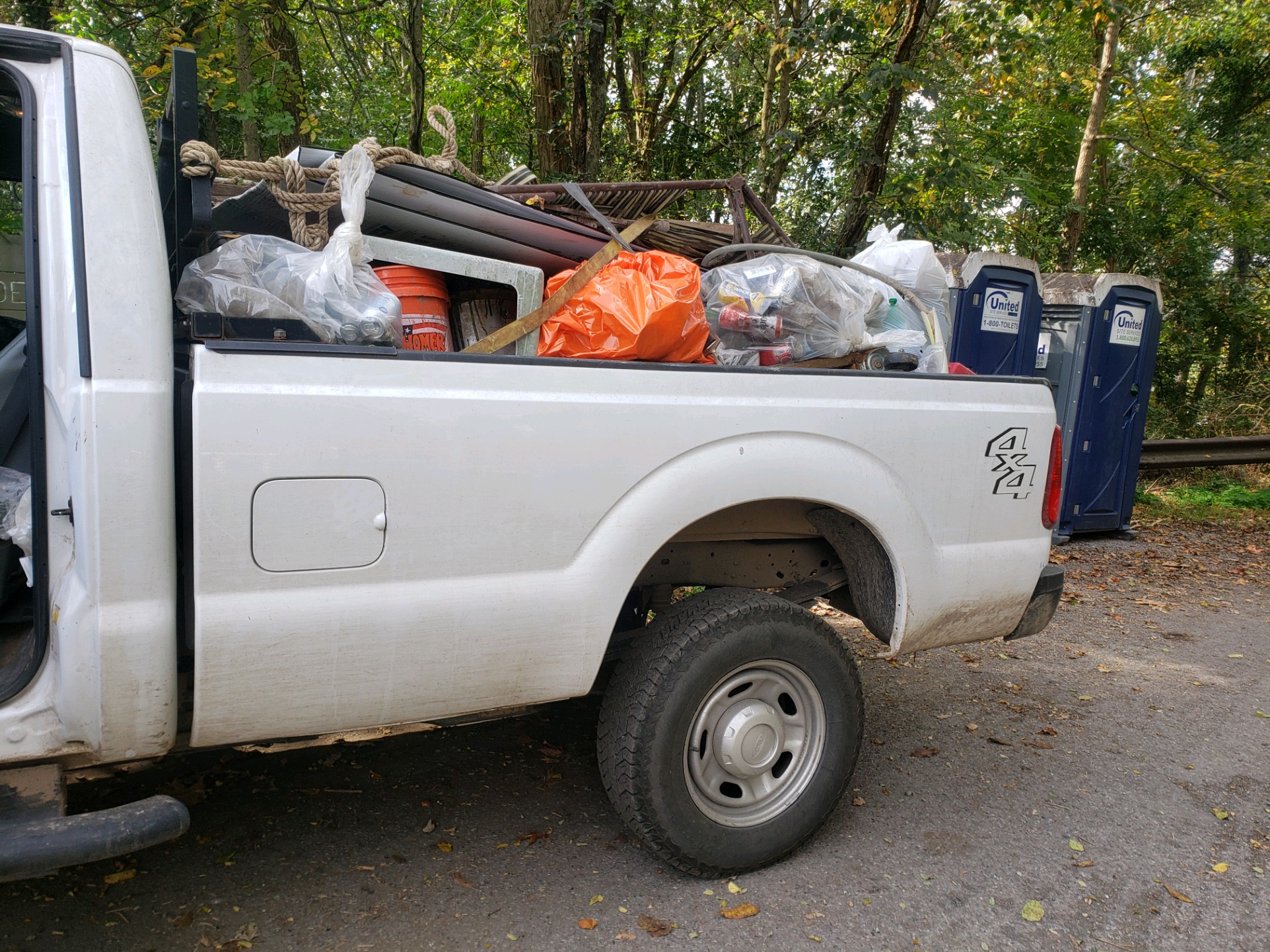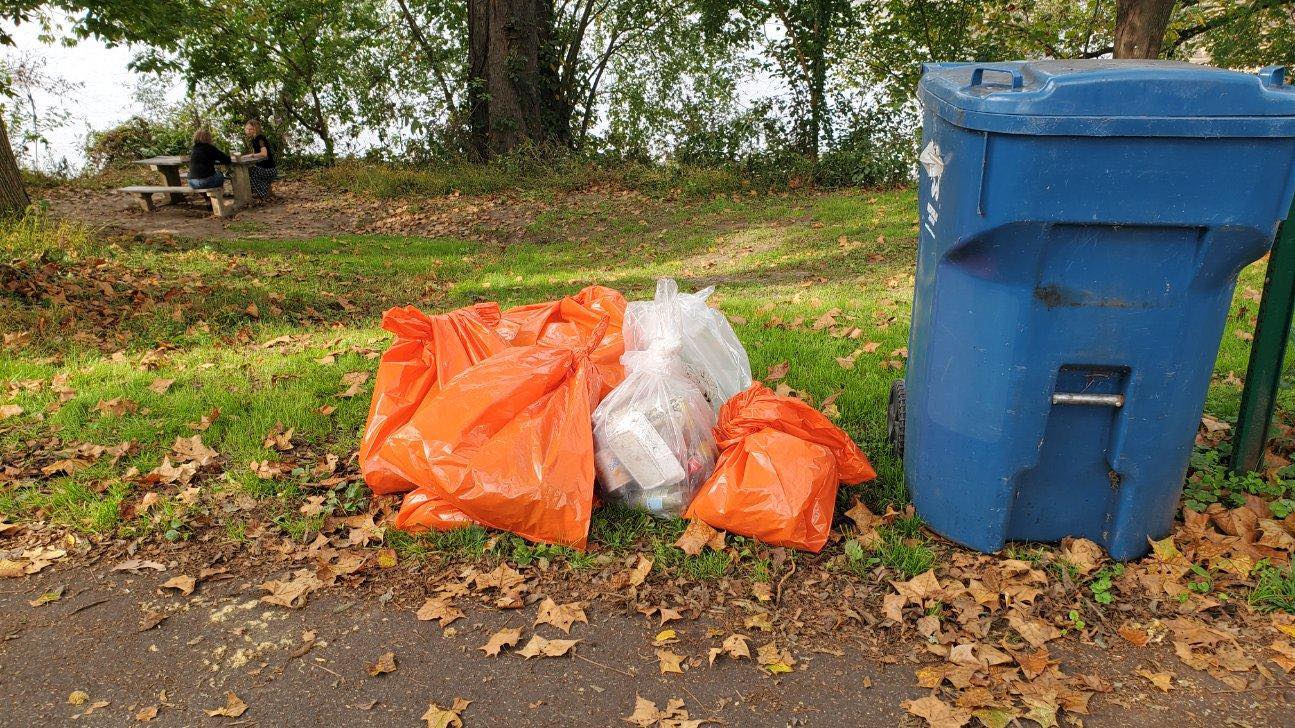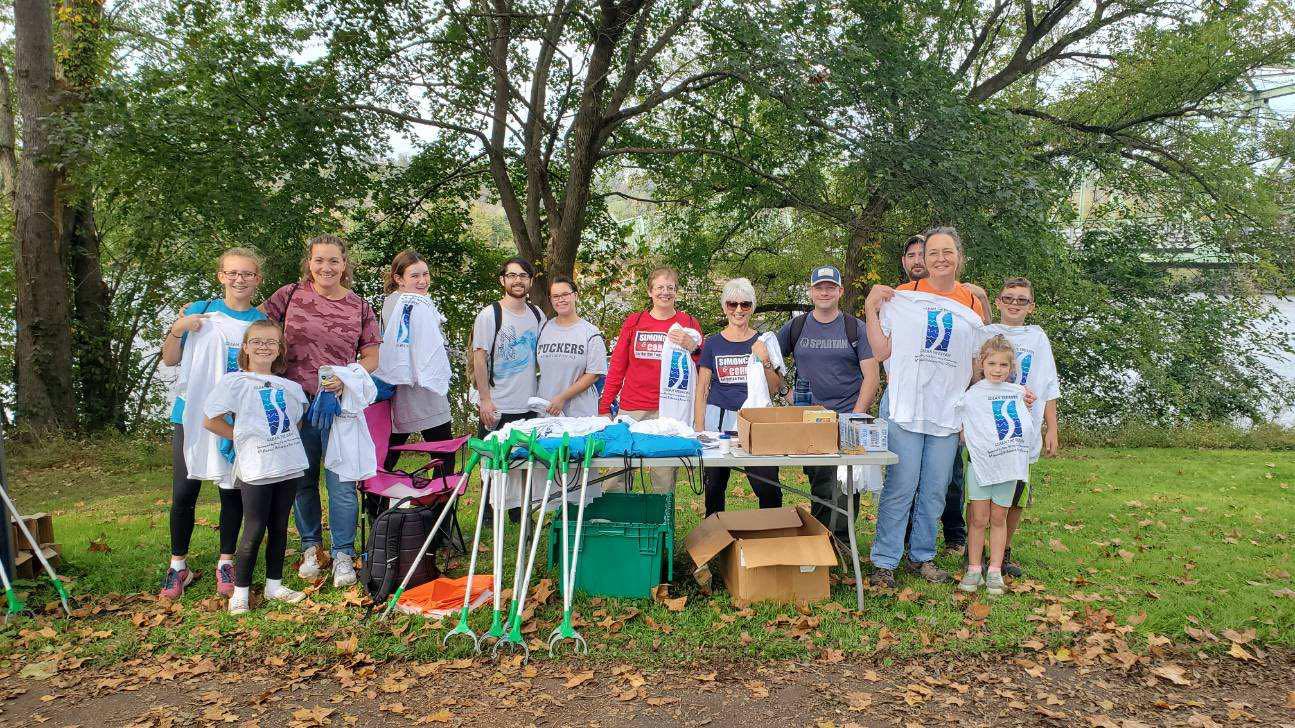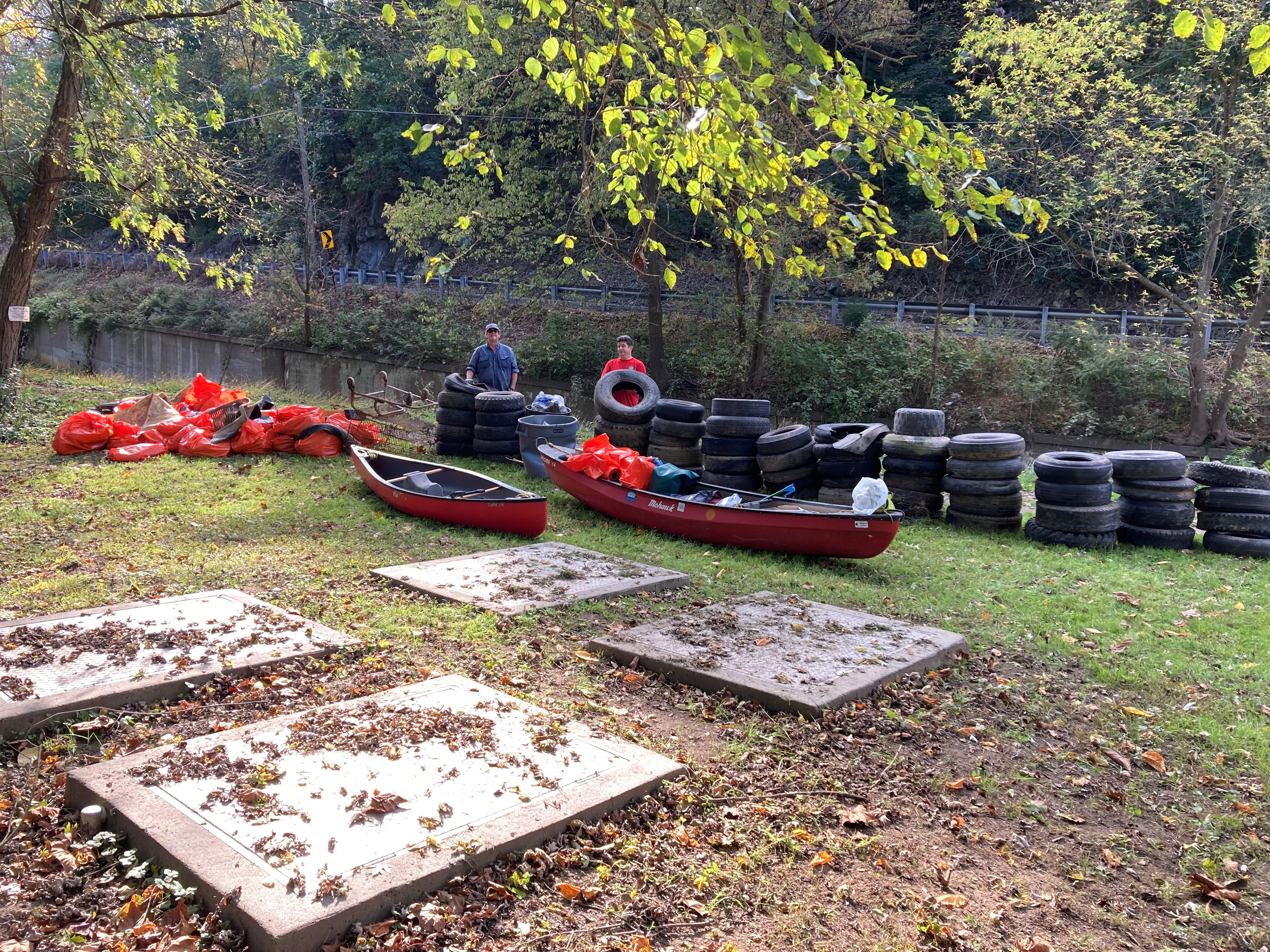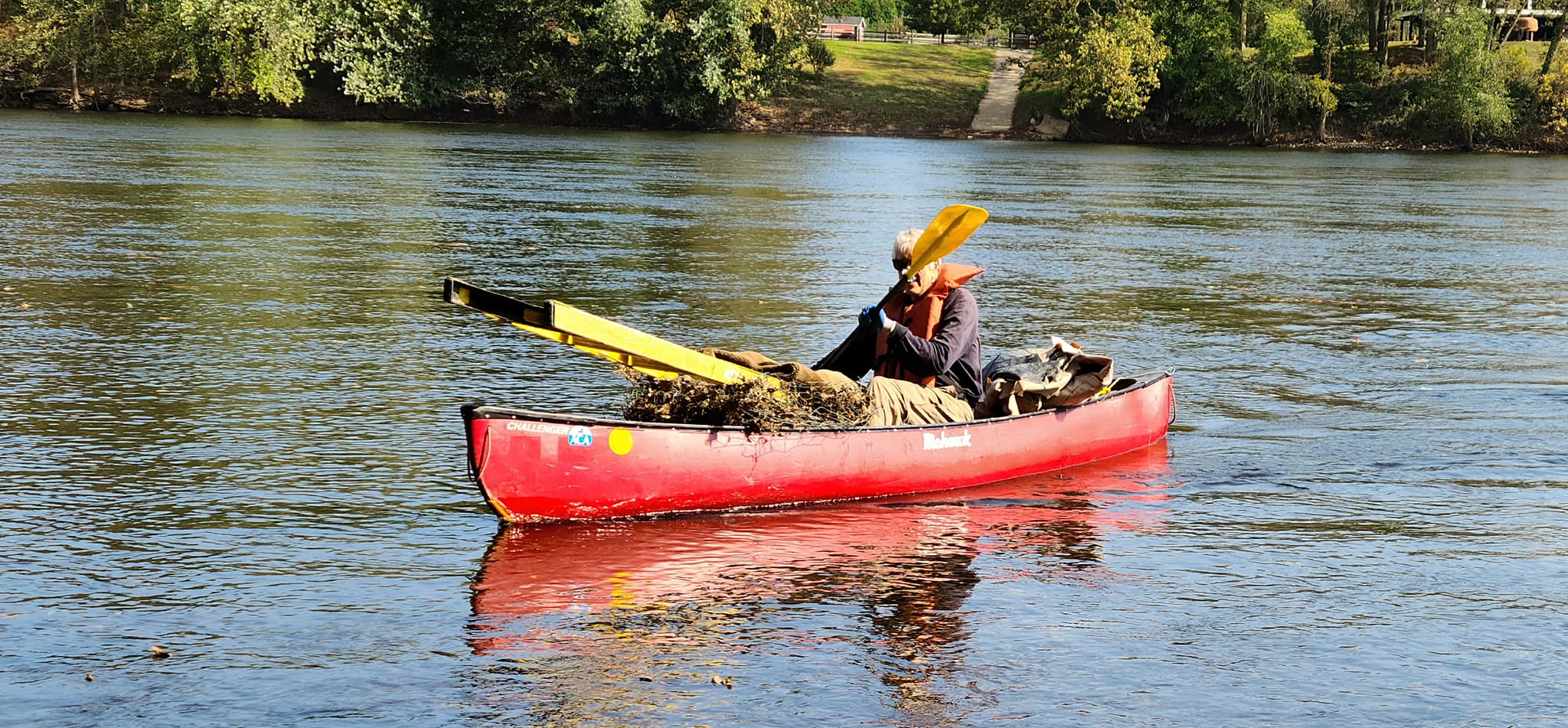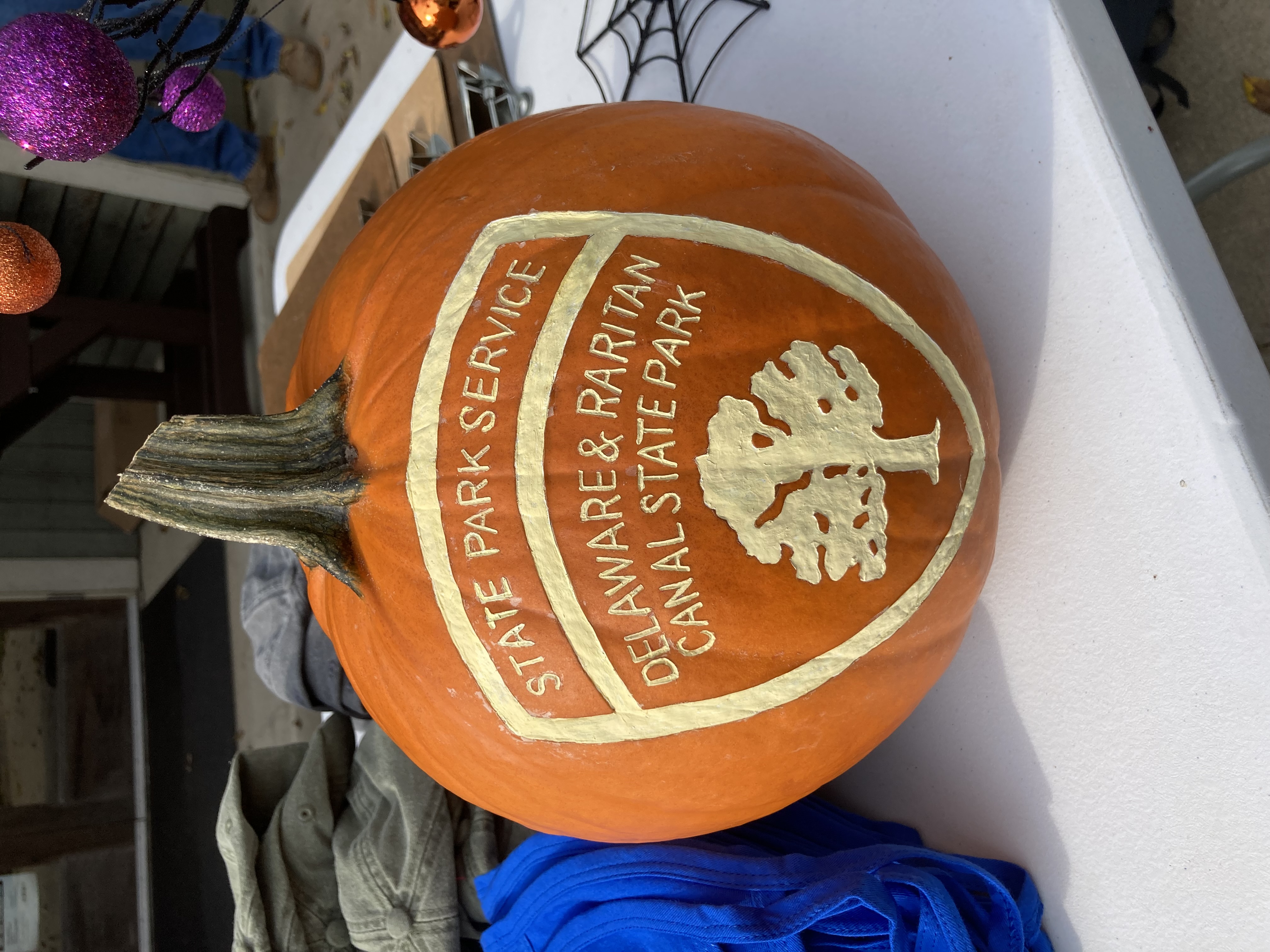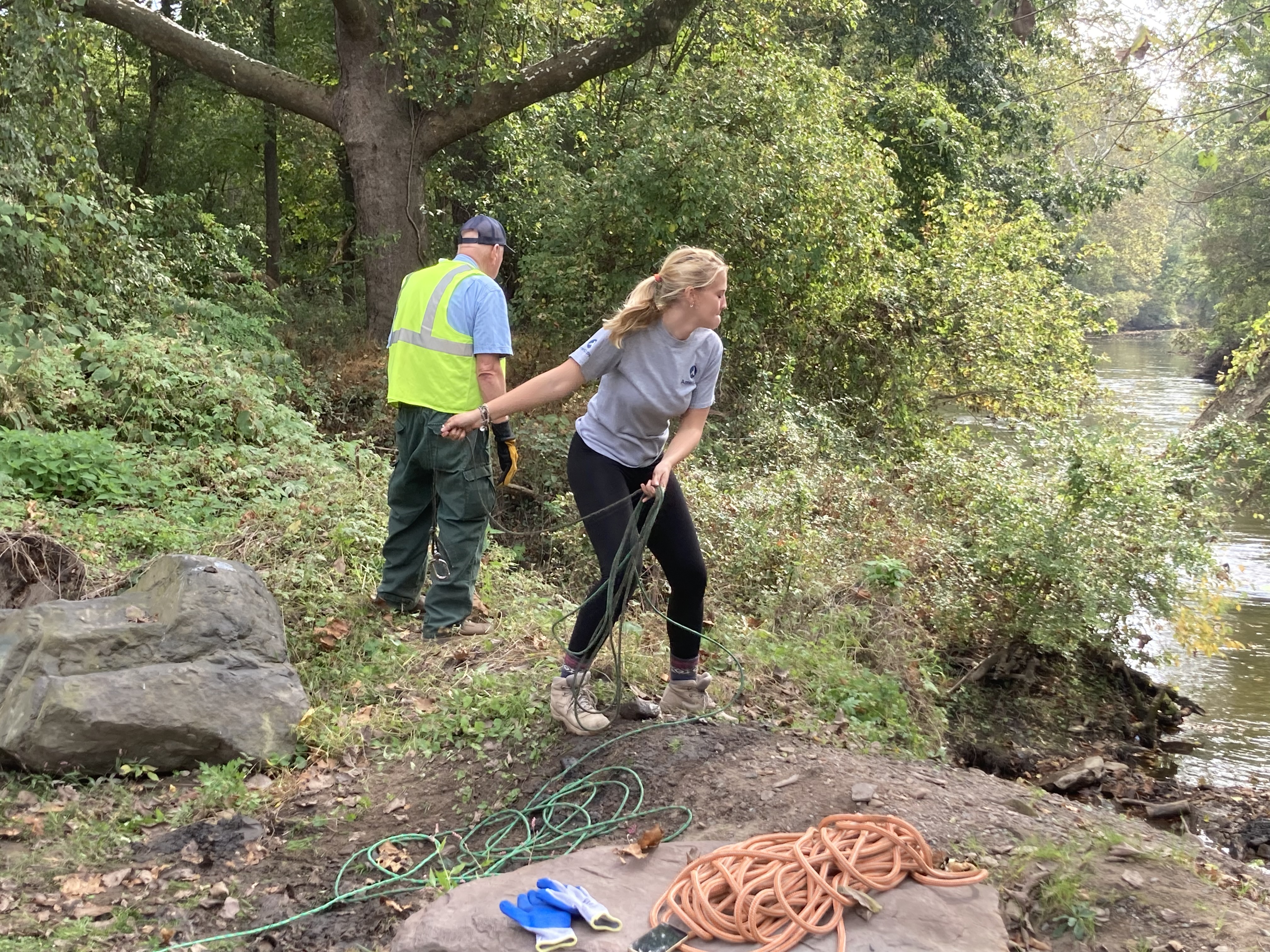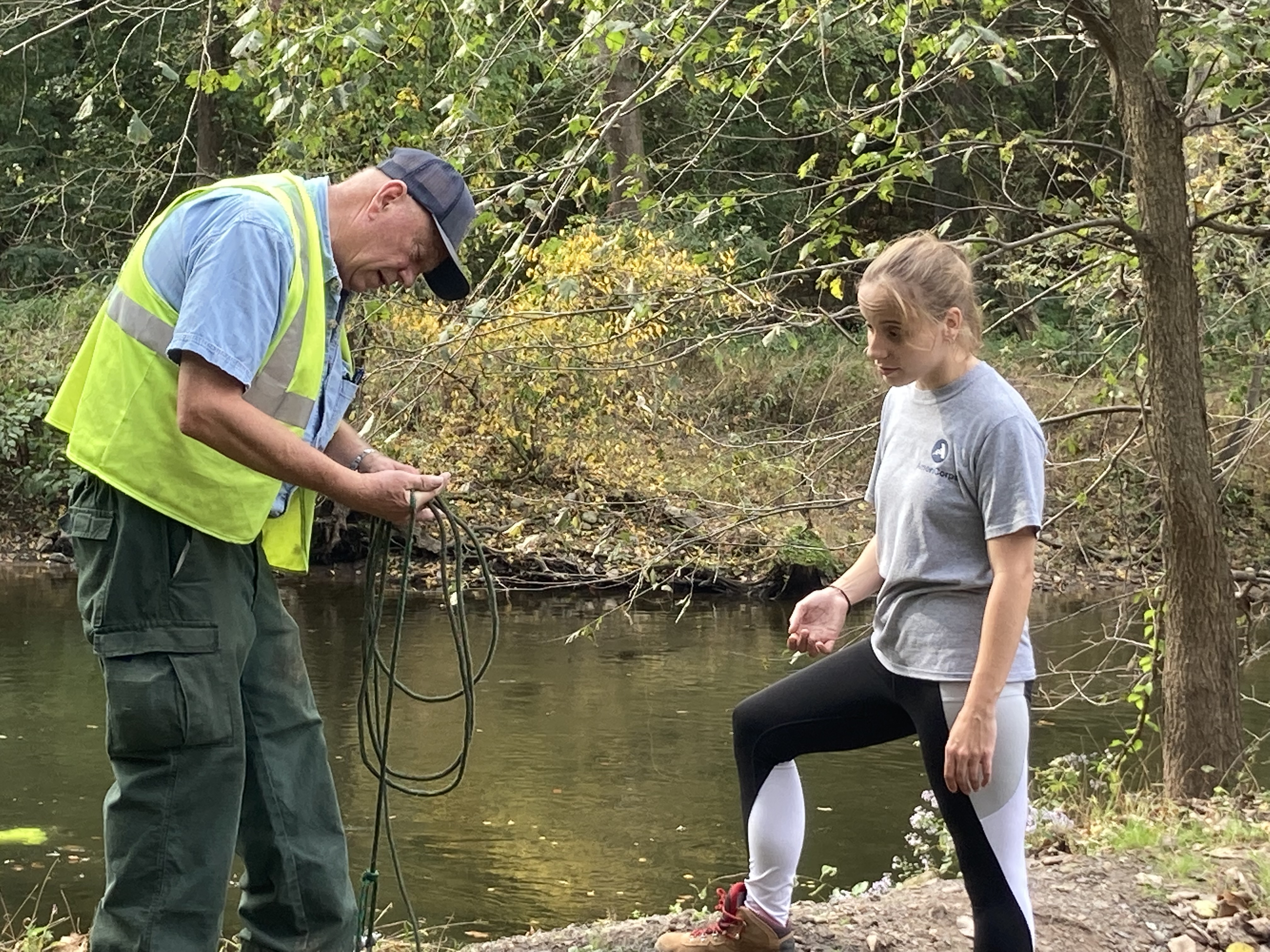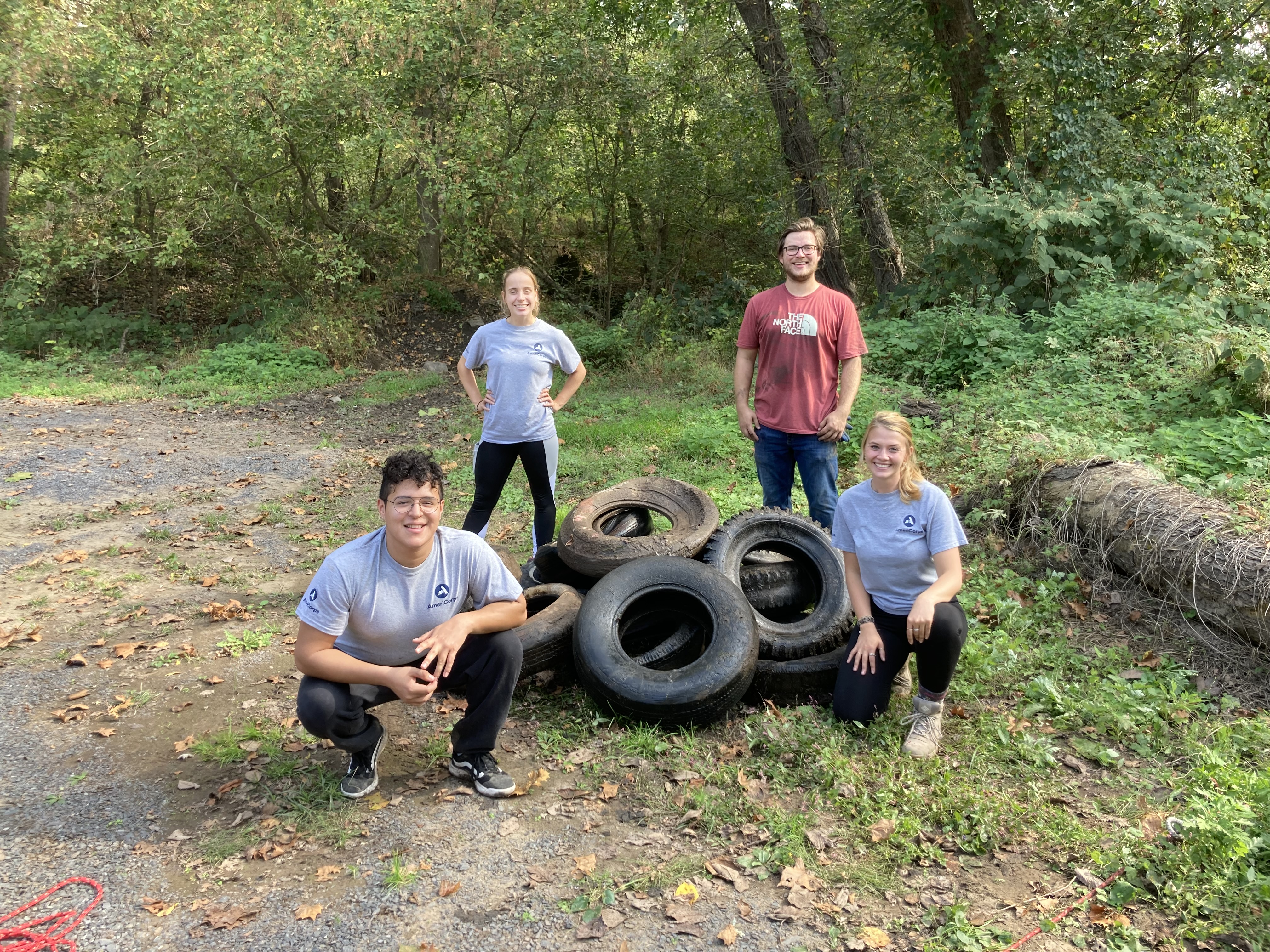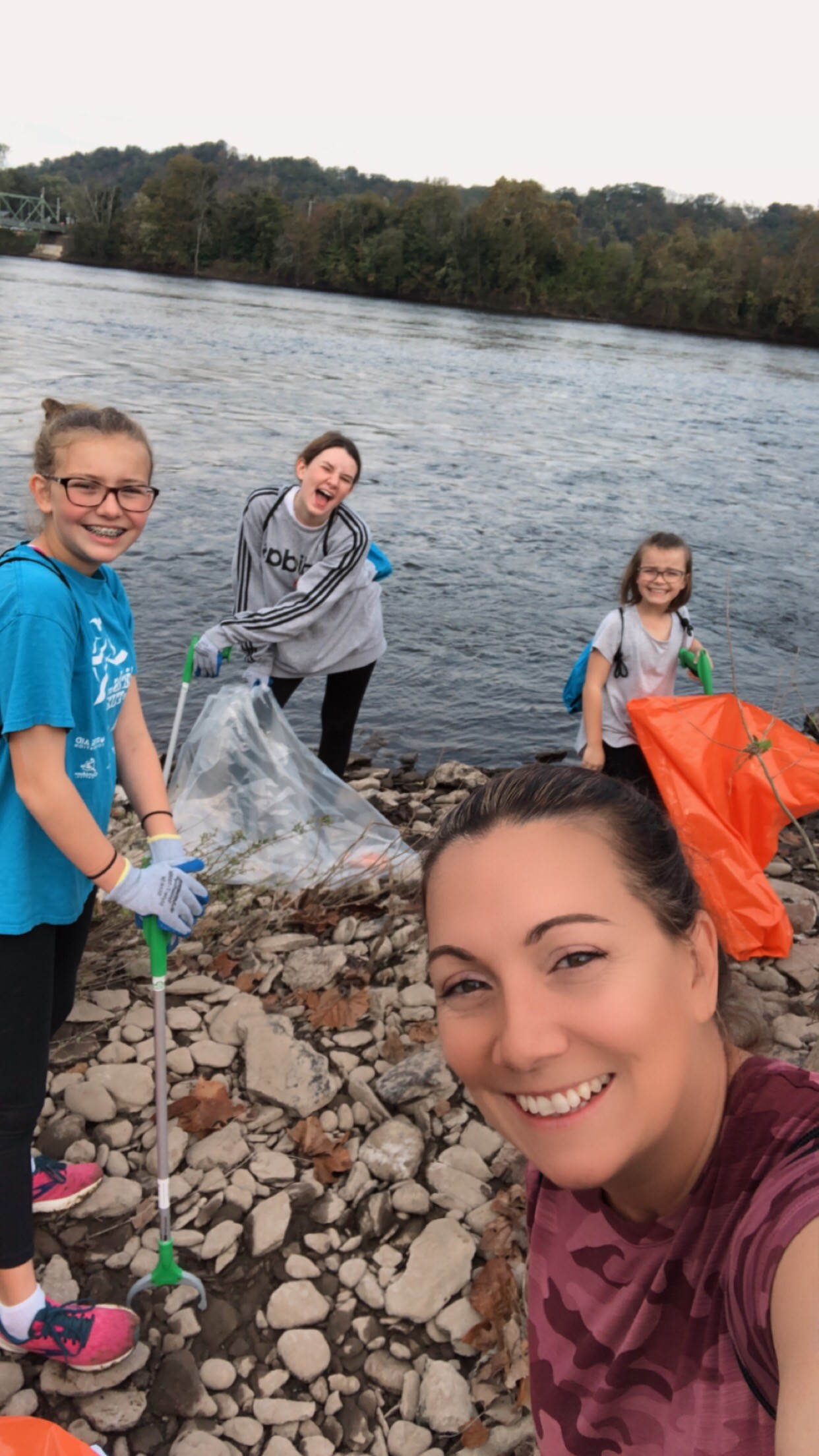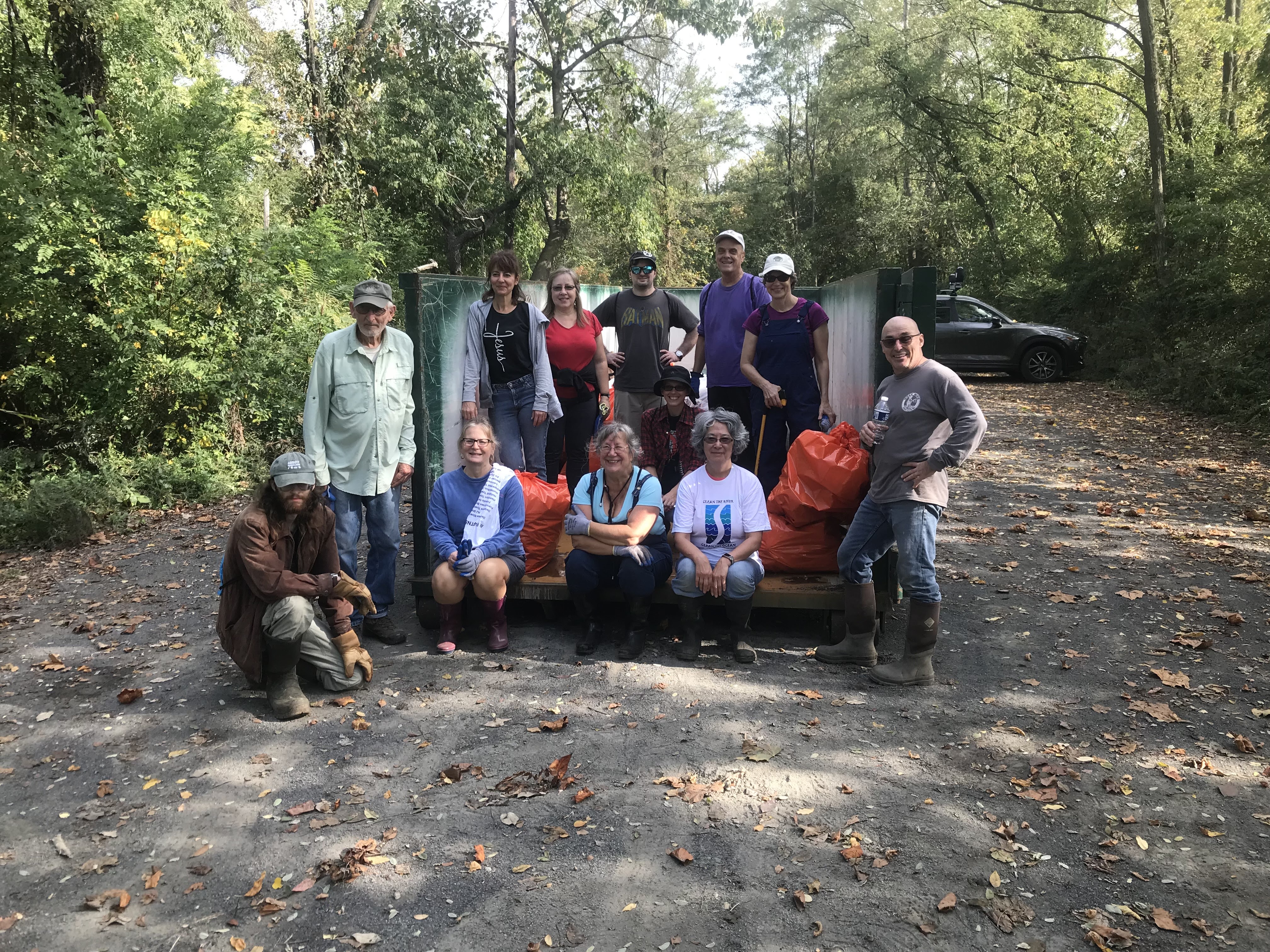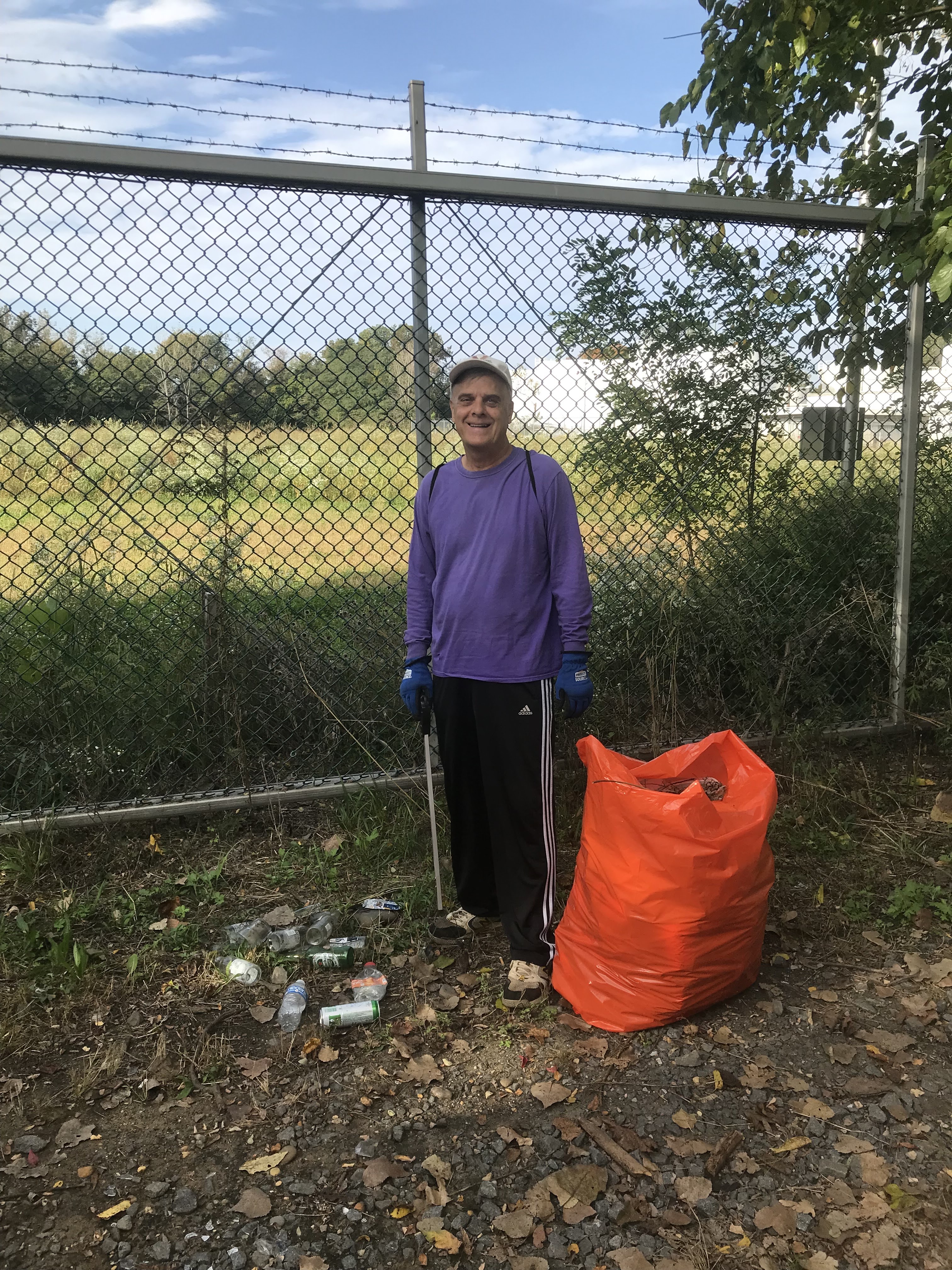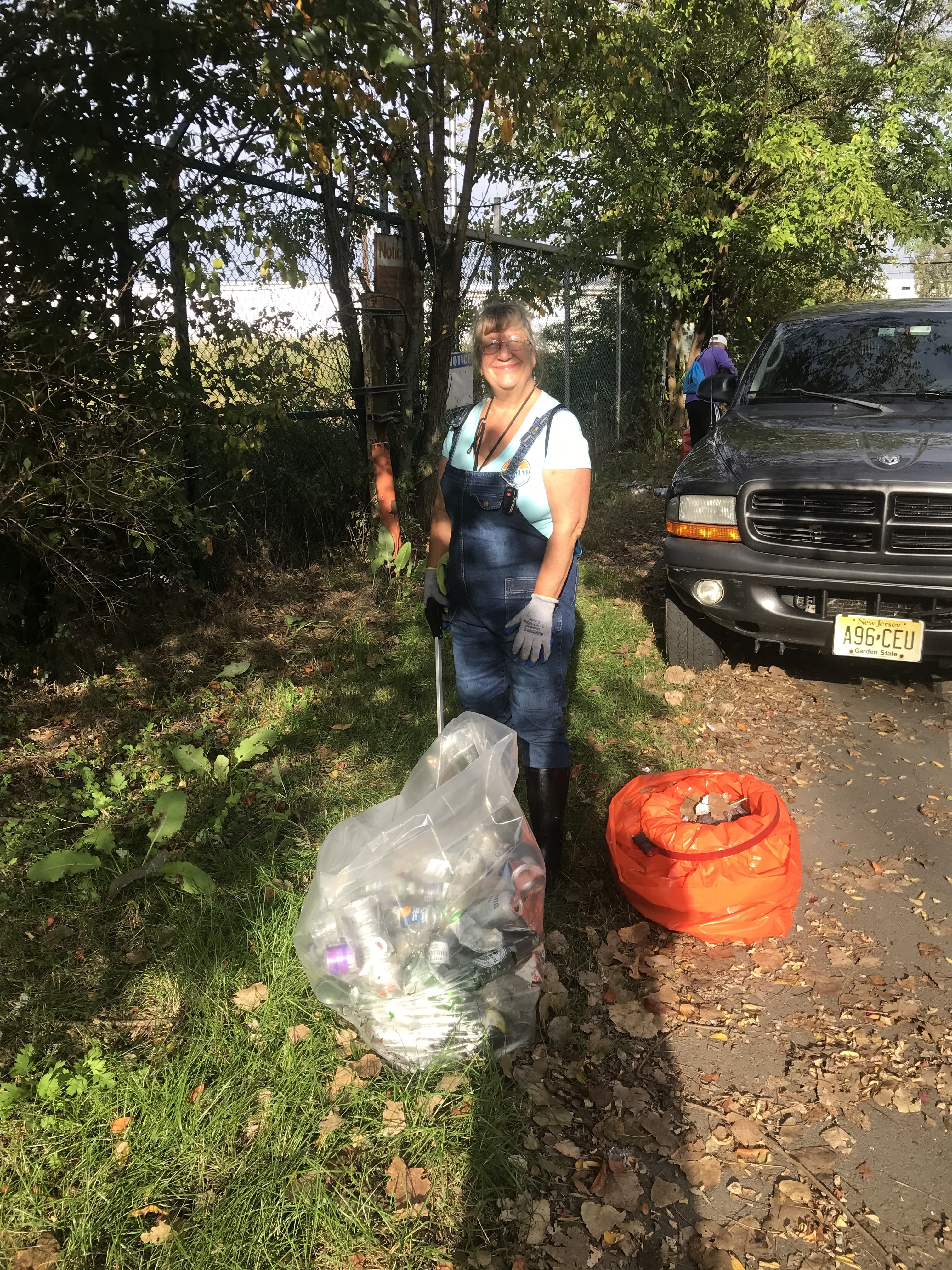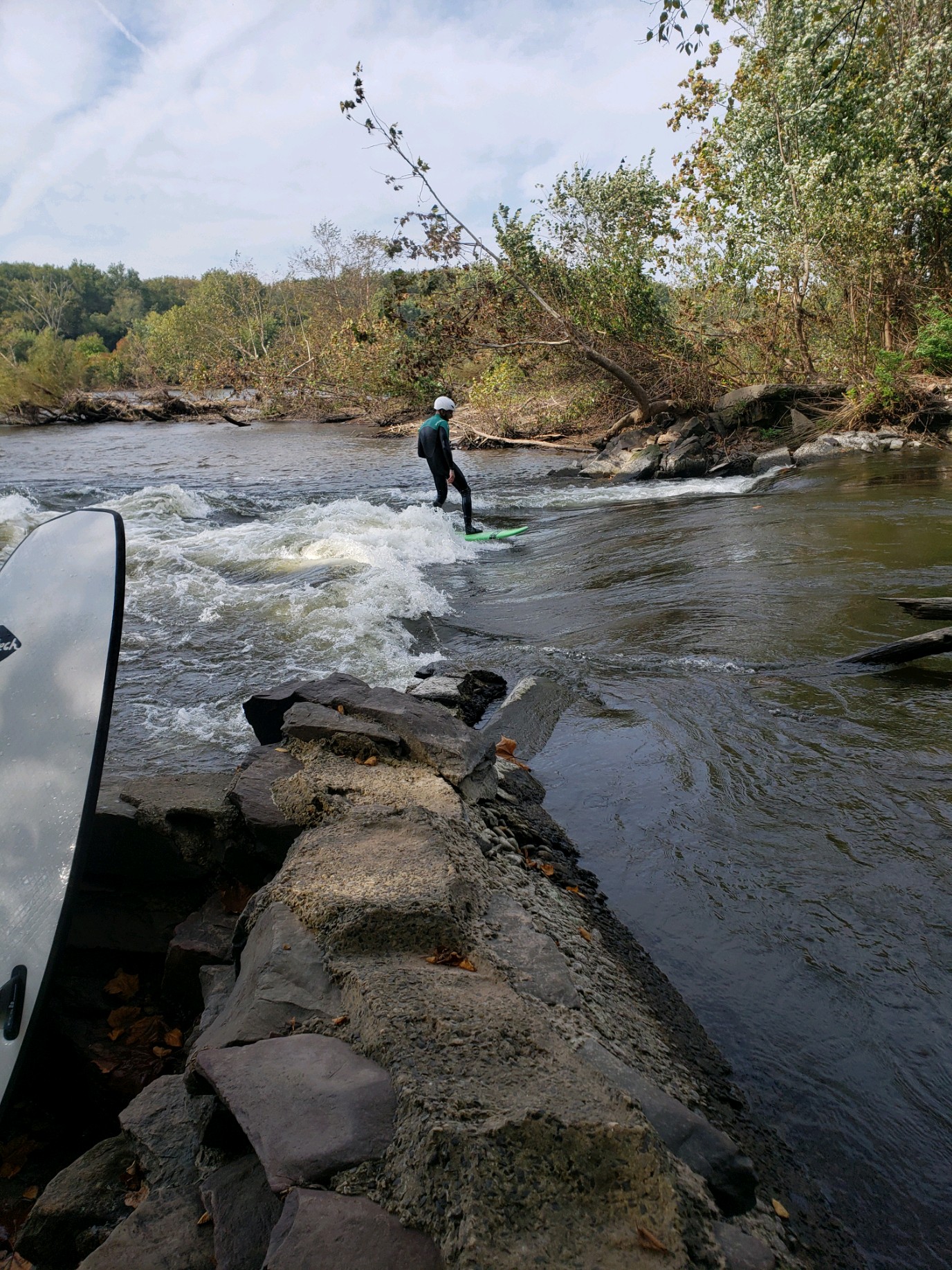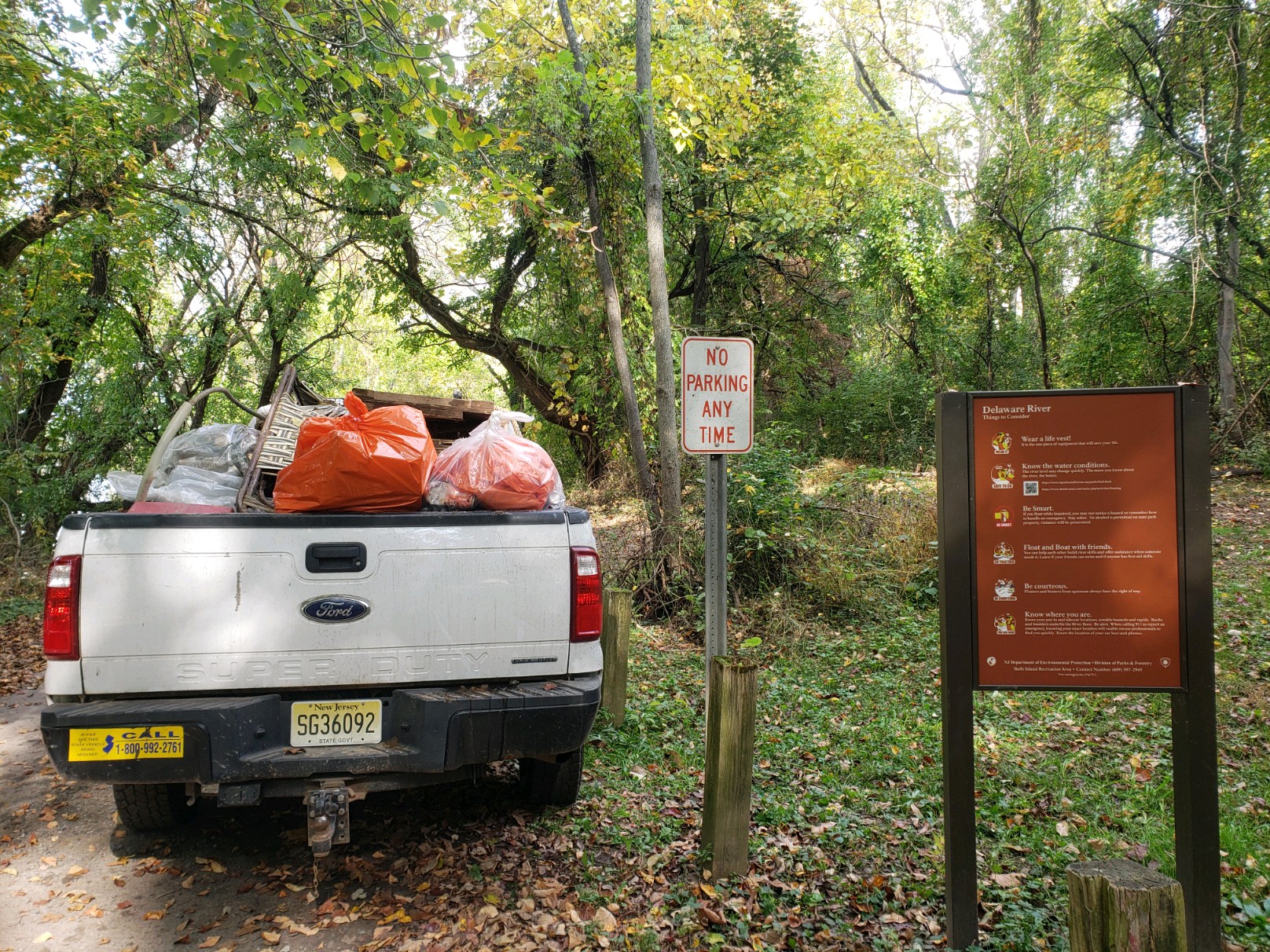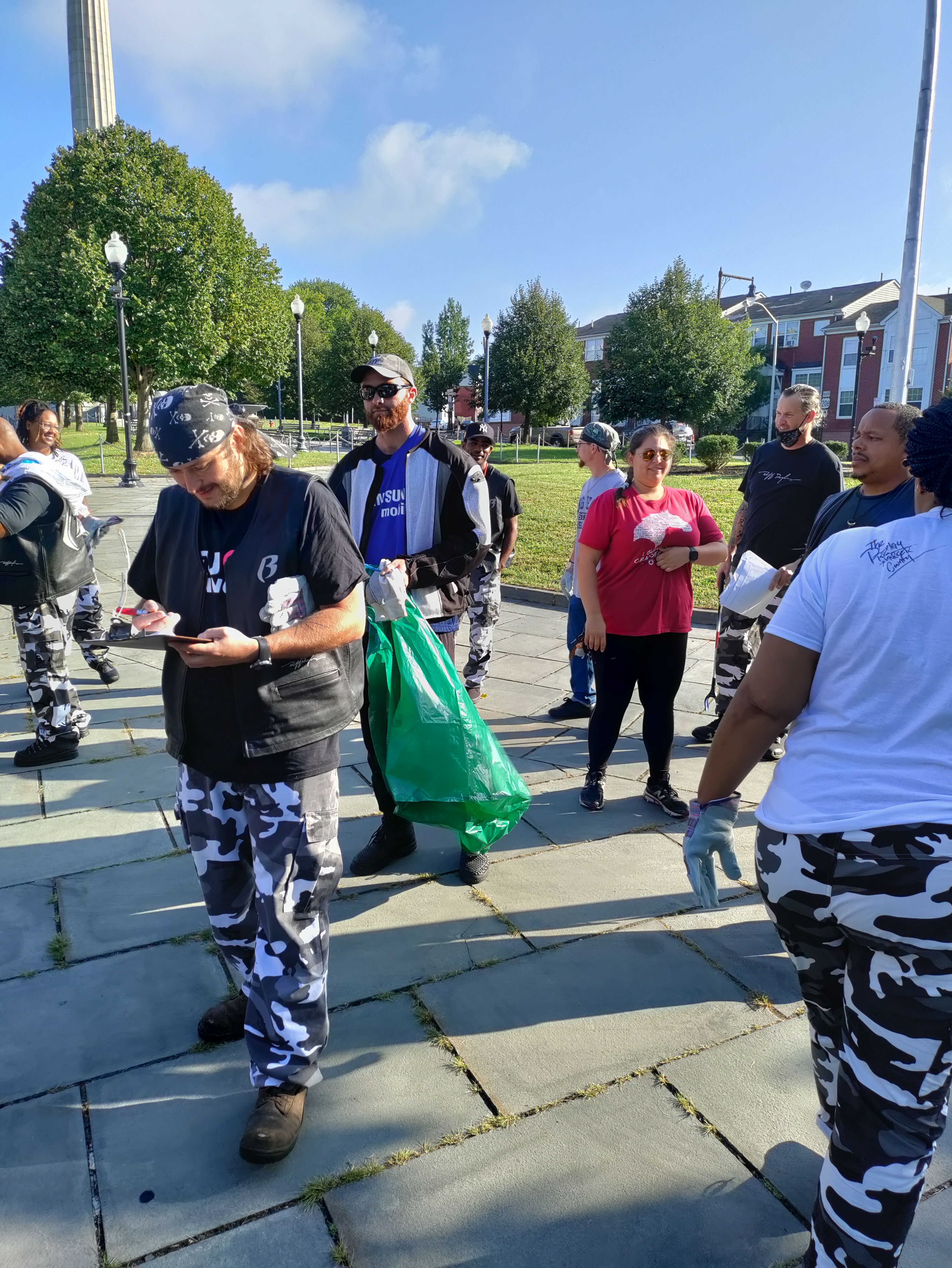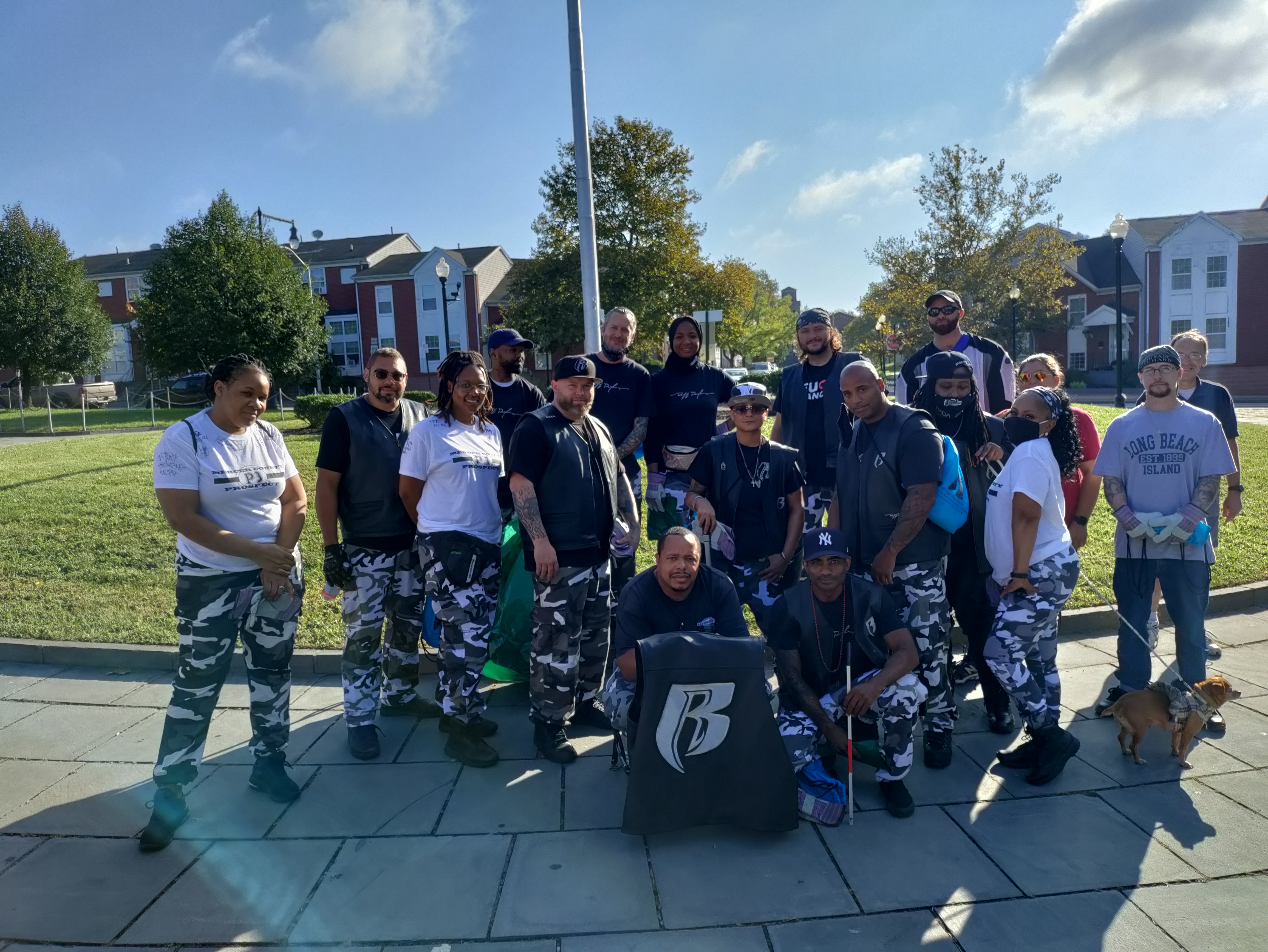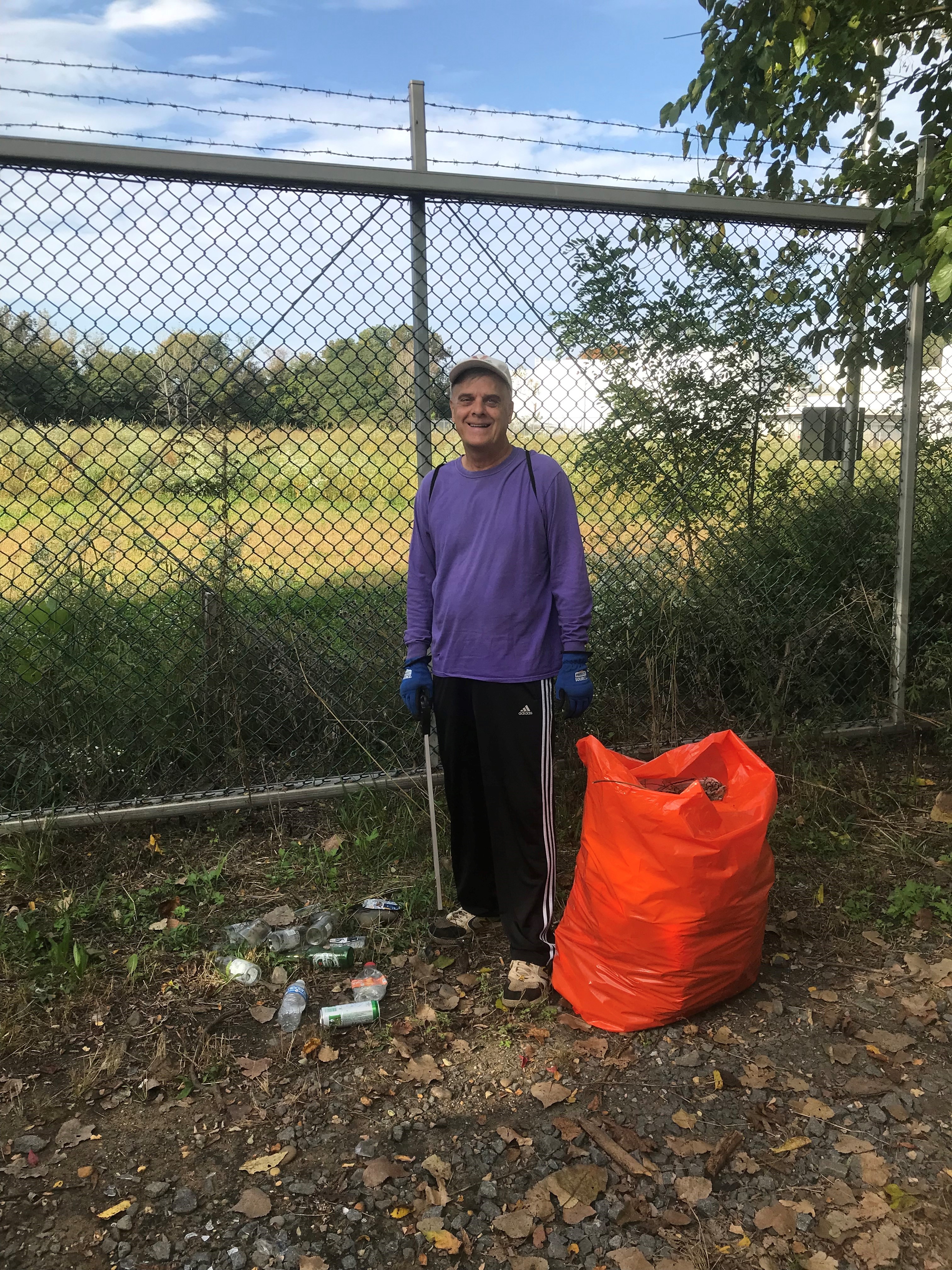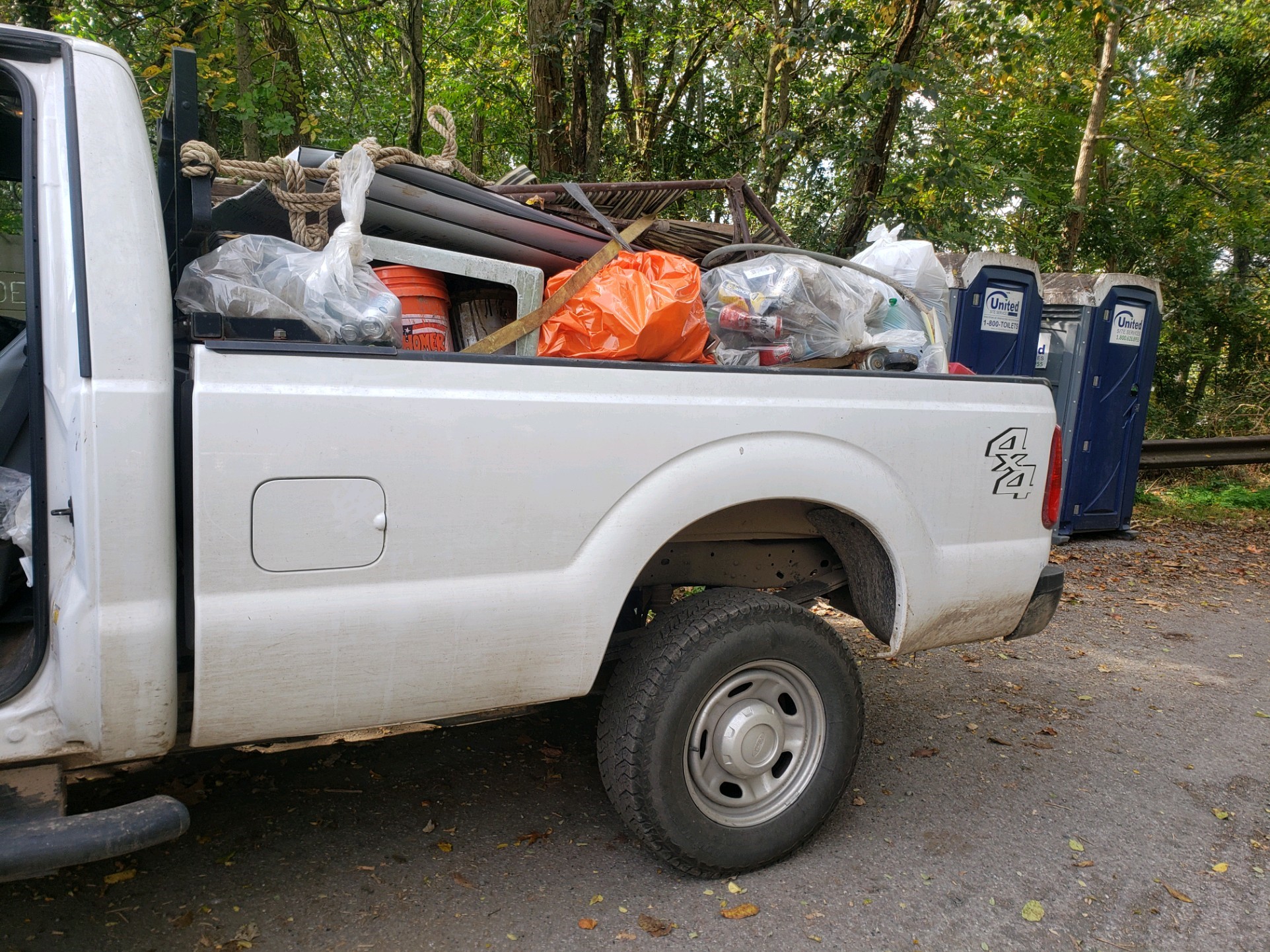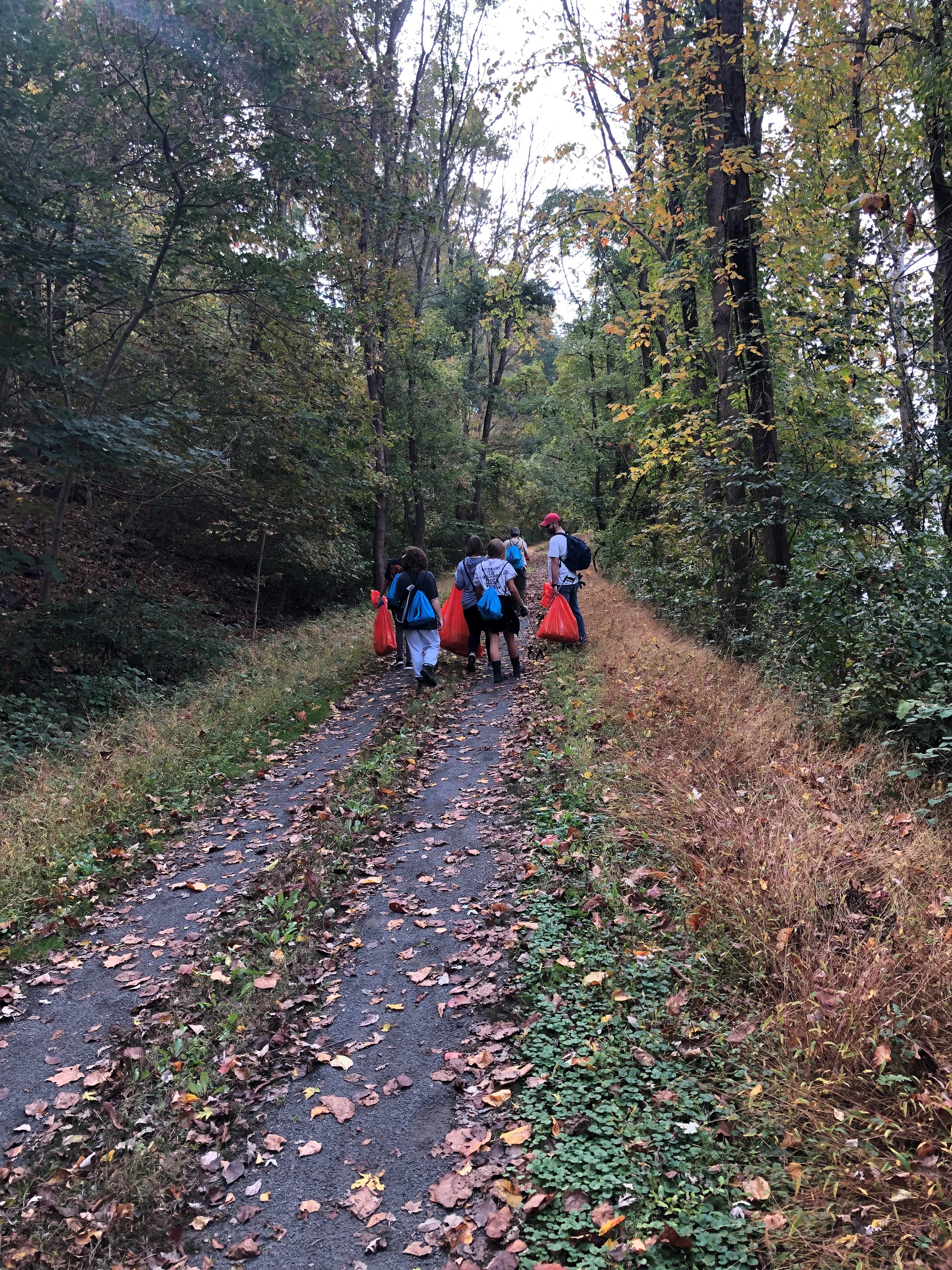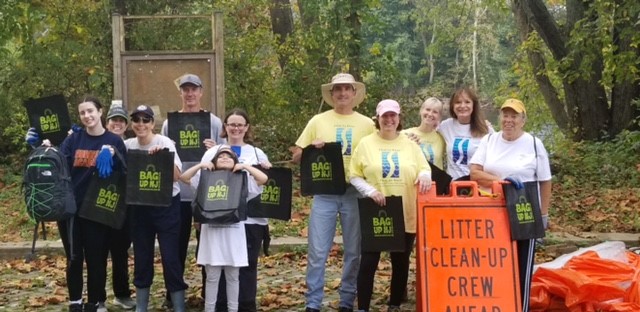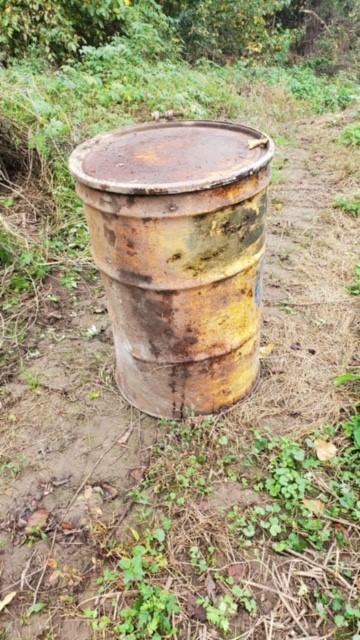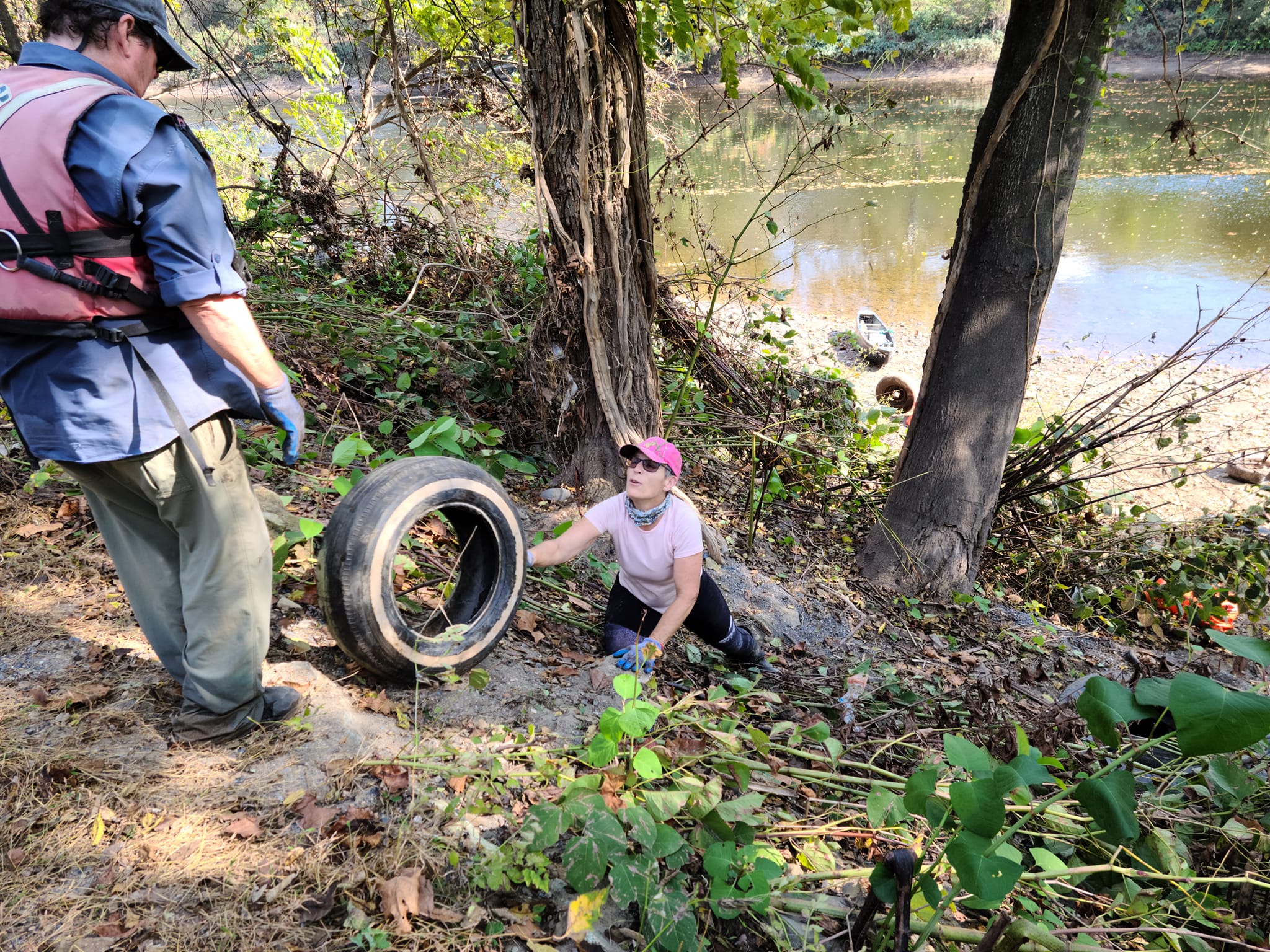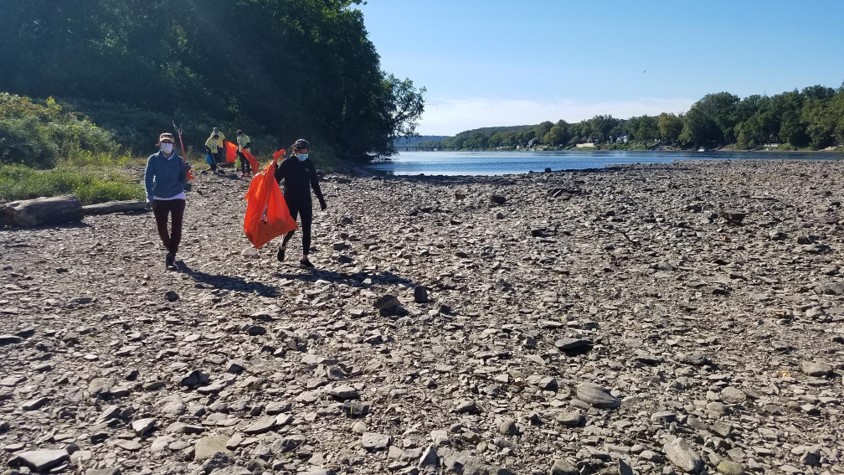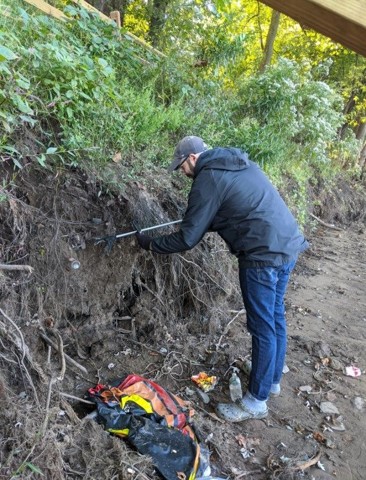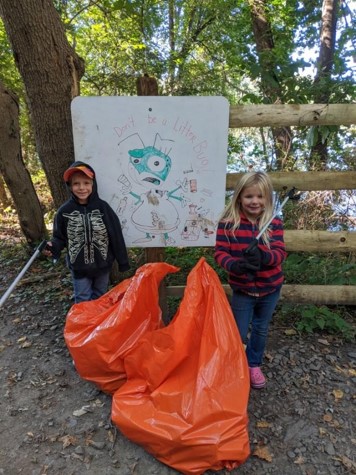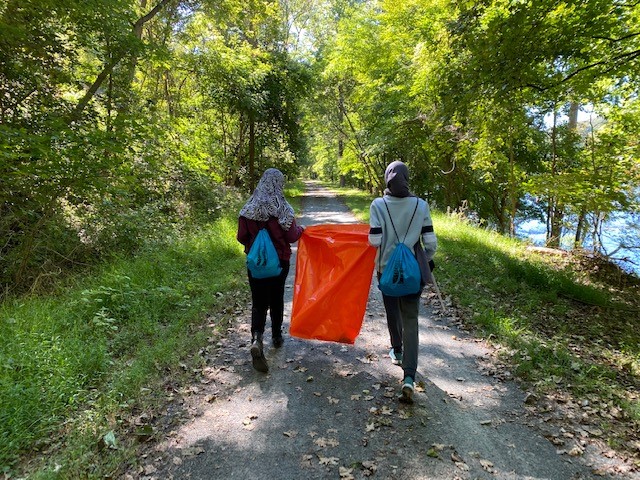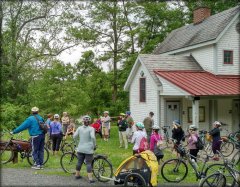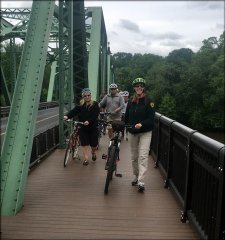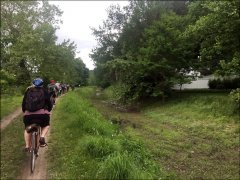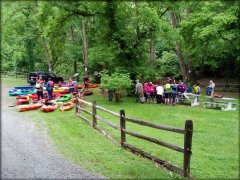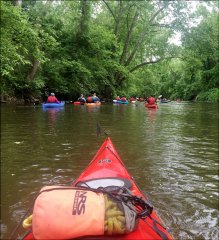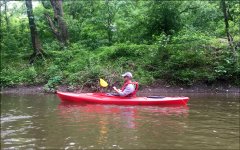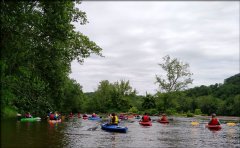Past Events
A Cruise through History on the Delaware River presented by Gary Letcher
Gary Letcher, author of "Paddlers’ Guide to the Delaware River", gives an illustrative tour through history on and along our beautiful River. Beginning with various craft, and their pilots, that plied its waters from earliest times to the present day, he springboards into select events that mark the river community still today.
Gary Letcher has paddled the Delaware for more than 50 years. The first edition of "Canoeing the Delaware" was published in 1985, with three subsequent editions. After a career in environmental law, Gary retired to Lewes, Delaware, where he often serves as an instructor at the Lifelong Learning Institute associated with the University of Delaware.
_____________________________________________________________________________________________
Please enjoy the video of Gary Letcher's presentation below.
I Looked Up and There Was the Sky: The 2021 Mullica Hill Tornado by Melissa Ziobro
University Professor and oral historian Melissa Ziobro gives a retrospective of the devastating EF-3 tornado that swept through Mullica Hill and surrounding areas in September of 2021. How widespread was the destruction? What was it like to be in the eye of the storm? How did the community come together to rebuild? And, importantly, what lessons can we learn from this unprecedented event? This talk draws heavily from contemporary news coverage and interviews with 32 community members conducted by Ziobro for the Harrison Township Historical Society from February - June 2022.
Melissa Ziobro began her career as a Command Historian for the US Army Communications-Electronics Command at Fort Monmouth, NJ. She is currently the Specialist Professor of Public History at Monmouth University in West Long Branch, NJ, where she teaches a wide variety of classes and regularly partners with local humanities organizations on public history projects. The Harrison Township Historical Society's tornado project, discussed in this talk, earned them the American Association of State and Local History's 2023 Albert B. Corey Award.
_____________________________________________________________________________________________
Please enjoy the video of Melissa Ziobro's presentation below.
"Before Penn" presented by Hal Taylor
A Delaware River Heritage Lecture Sponsored by the Delaware River Greenway Partnership (DRGP)
It would almost seem to students of American history that the Pilgrims alighted from the Mayflower and then the Declaration of Independence was proclaimed. But that’s obviously not the case. It is rarely taught that a dramatic but bloodless conflict for control of the Delaware Valley by Europeans amounted to at least eight nationality changes from the era of the original inhabitants to a final takeover by the English in 1664. Generations of settlers carved out lives for themselves in a strange new land enduring incredible hardships and endless work, all during European political turmoil, long before the American Revolution was even considered. “Before Penn” tells the colorful, complex, and little-known early history of the Delaware Valley in a thoroughly researched narrative enhanced by original illustrations, created in a “throwback style”, reminiscent of the Golden Age of Illustration.
Bio
A long-time graphic artist, Hal Taylor has been inspired by the Delaware River to combine art, history, and writing. Hal has been a typographer and hand lettering artist for advertising and design agencies and an adjunct professor at Drexel University in Philadelphia. His published works include Before Penn, The Illustrated Delaware River, Artifacts, The Book of Wedges, and a new work, For a Song.
_____________________________________________________________________________________________
Please enjoy the video of Hal Taylor's presentation below.
A Virtual Illustrated Presentation By Paul W. Schopp
A Delaware River Heritage Lecture Sponsored by the Delaware River Greenway Partnership (DRGP)
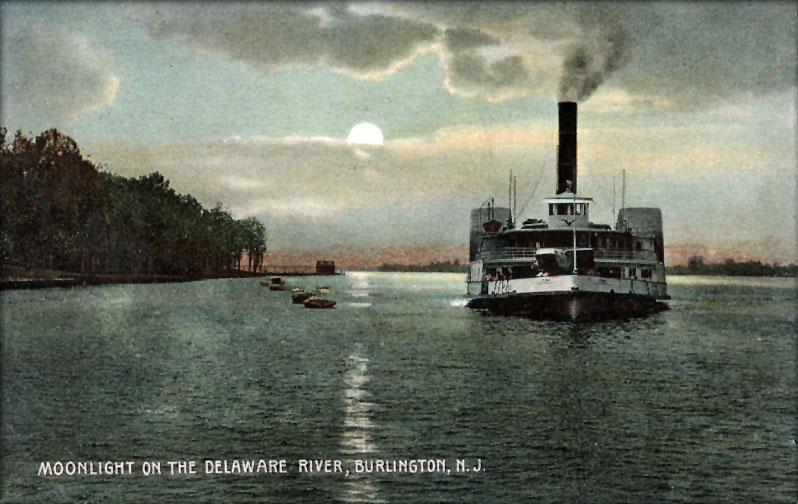 The Upper Delaware River, extending from Market Street, Philadelphia, to the head of navigation at Trenton, once hosted a lively steamboat trade beginning with John Fitch’s experimental boats. Paul Schopp’s presentation will briefly cover the history of steamboats on this section of the river and then take viewers on an imaginary excursion up the Delaware from Philadelphia using rare postcard images and artwork, advertising, and period photographs. Viewers will learn about some of the ferry services offered to the traveling public as well as examine steam traffic on tributaries like the Pennsauken and Rancocas creeks. Riverfront amusement parks will be included in the presentation as well as some of the freight wharves and piers. Viewers will meet some of the masters who skippered the steamers. The presentation will conclude with a discussion of the end of steamboat service and what happened to the last few boats.
The Upper Delaware River, extending from Market Street, Philadelphia, to the head of navigation at Trenton, once hosted a lively steamboat trade beginning with John Fitch’s experimental boats. Paul Schopp’s presentation will briefly cover the history of steamboats on this section of the river and then take viewers on an imaginary excursion up the Delaware from Philadelphia using rare postcard images and artwork, advertising, and period photographs. Viewers will learn about some of the ferry services offered to the traveling public as well as examine steam traffic on tributaries like the Pennsauken and Rancocas creeks. Riverfront amusement parks will be included in the presentation as well as some of the freight wharves and piers. Viewers will meet some of the masters who skippered the steamers. The presentation will conclude with a discussion of the end of steamboat service and what happened to the last few boats.
Bio
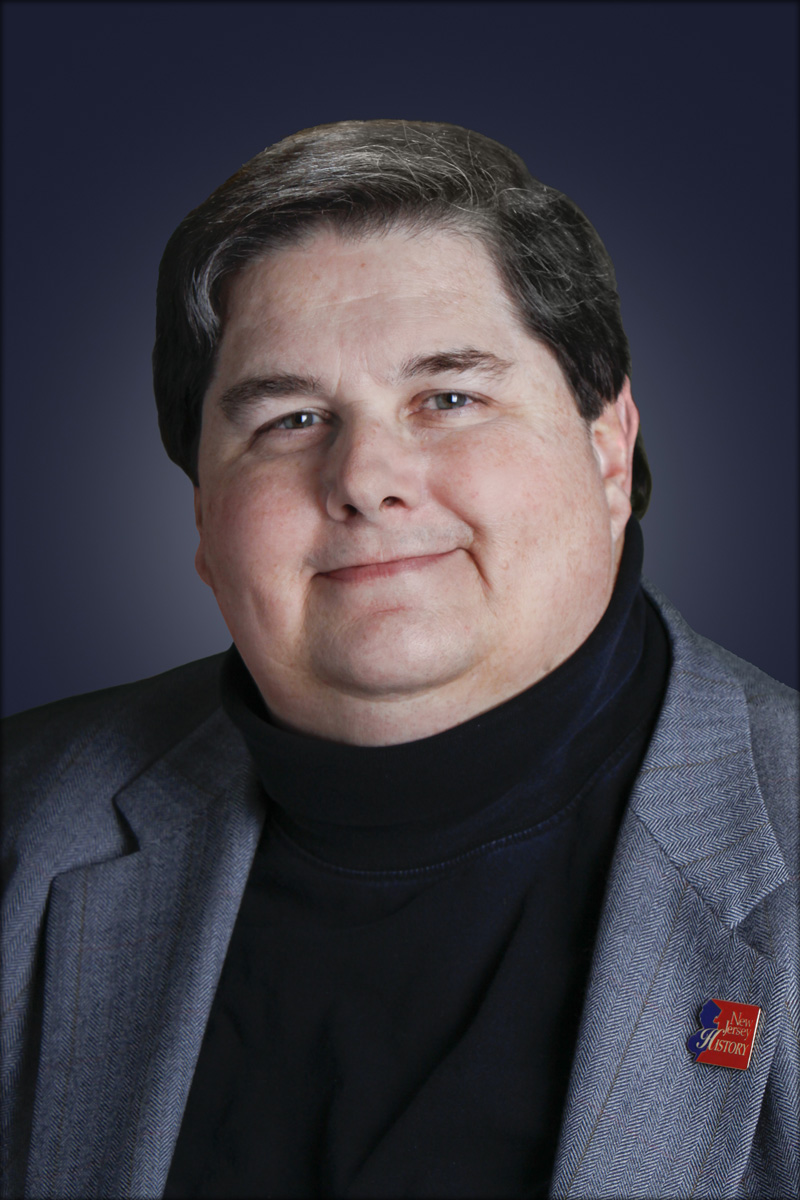 Working in the local history and Cultural Resource Management (CRM) field for almost 50 years, Paul W. Schopp has gained a wealth of knowledge in a wide array of topics. During his career as a professional historian, Paul’s specializations include transportation history, South Jersey and Delaware Valley history, and Black history in South Jersey. Paul’s broad knowledge of source material aids him in his research efforts. He has prepared or participated in a total of nine National Register of Historic Places nominations. Mr. Schopp served as the Executive Director of the Camden County Historical Society for four years (1996-2000) and is well known in New Jersey history circles. He is a published author, having written numerous articles and seven books and pamphlets. During his career in the CRM field, Paul participated in preparing well over 200 professional reports, working with archaeologists and architectural historians. After almost 30 years in the CRM field, Stockton University recruited him to serve as the Assistant Director of the South Jersey Culture & History Center, a position he has held for eight years and continues to hold. Paul has been a student of the Delaware River and its cultural history for many years and holds a special interest in the river’s steamboats and the stops they served.
Working in the local history and Cultural Resource Management (CRM) field for almost 50 years, Paul W. Schopp has gained a wealth of knowledge in a wide array of topics. During his career as a professional historian, Paul’s specializations include transportation history, South Jersey and Delaware Valley history, and Black history in South Jersey. Paul’s broad knowledge of source material aids him in his research efforts. He has prepared or participated in a total of nine National Register of Historic Places nominations. Mr. Schopp served as the Executive Director of the Camden County Historical Society for four years (1996-2000) and is well known in New Jersey history circles. He is a published author, having written numerous articles and seven books and pamphlets. During his career in the CRM field, Paul participated in preparing well over 200 professional reports, working with archaeologists and architectural historians. After almost 30 years in the CRM field, Stockton University recruited him to serve as the Assistant Director of the South Jersey Culture & History Center, a position he has held for eight years and continues to hold. Paul has been a student of the Delaware River and its cultural history for many years and holds a special interest in the river’s steamboats and the stops they served.
_____________________________________________________________________________________________
Please enjoy the video of Paul W. Schopp's presentation below.
A Virtual Lecture by Elizabeth Koniers Brown
A Delaware River Heritage Lecture Sponsored by the Delaware River Greenway Partnership (DRGP)
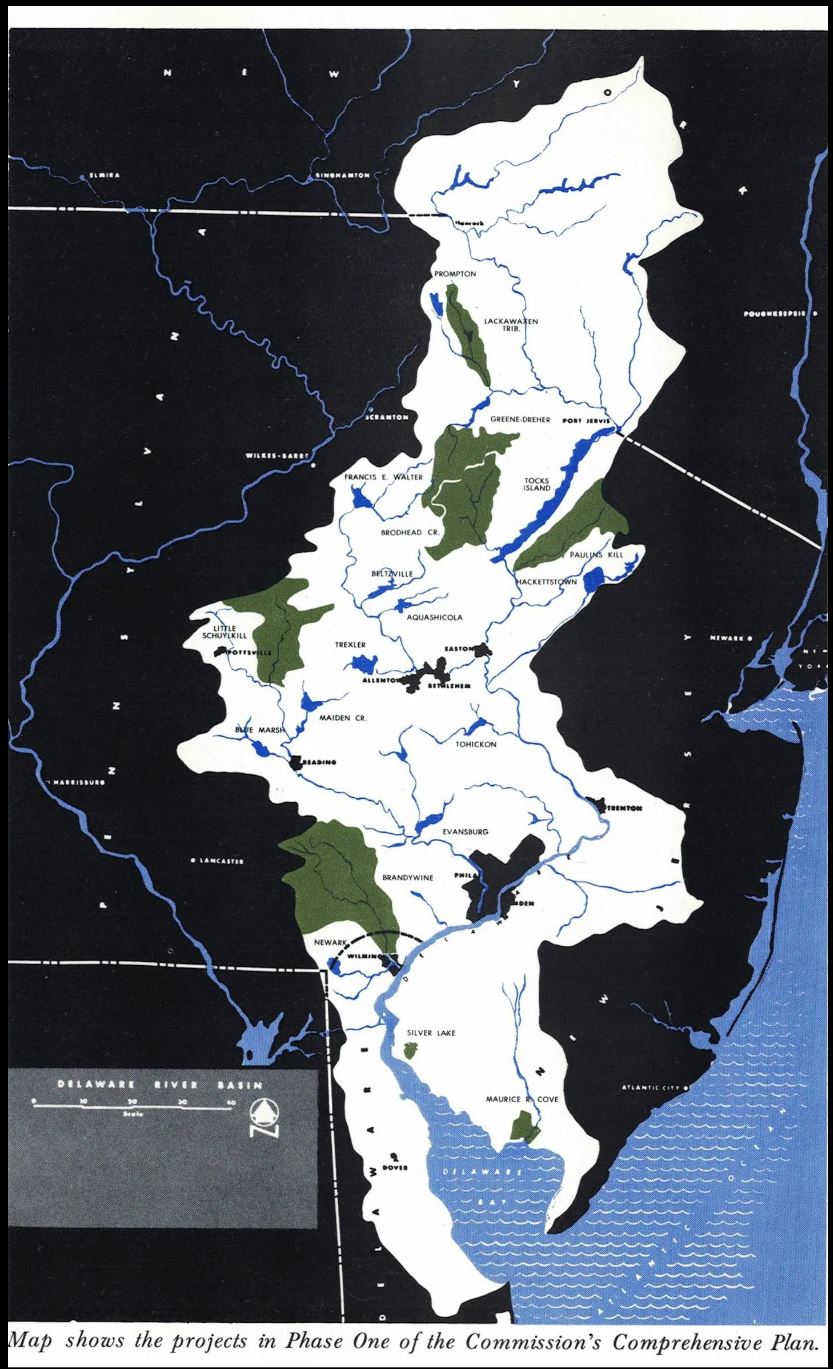
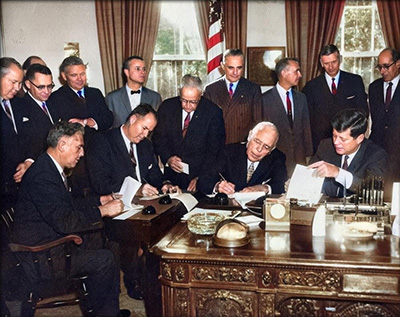 Today we know the Delaware River is cleaner than ever. In fact, its cleanup is hailed as one of the world's top water quality success stories. But what’s the backstory? The history of the Delaware River Basin Commission is a story of shared water resource management, the benefits of which we enjoy today. President John F. Kennedy and the four Basin state governors created the Country’s First Federal/Interstate Water Resources Agency, the DRBC, in 1961 with the passage of the Delaware River Basin Compact. The Compact is both federal law and state law in each of our basin states. President Kennedy called it a “bold venture,” while recognizing the “task set for the Commission will not be easy to achieve…”
Today we know the Delaware River is cleaner than ever. In fact, its cleanup is hailed as one of the world's top water quality success stories. But what’s the backstory? The history of the Delaware River Basin Commission is a story of shared water resource management, the benefits of which we enjoy today. President John F. Kennedy and the four Basin state governors created the Country’s First Federal/Interstate Water Resources Agency, the DRBC, in 1961 with the passage of the Delaware River Basin Compact. The Compact is both federal law and state law in each of our basin states. President Kennedy called it a “bold venture,” while recognizing the “task set for the Commission will not be easy to achieve…”
The river still faces challenges to its sustainability, and today the DRBC works to ensure water security for over 13 million people in four states by: improving and protecting water quality; ensuring water availability for all the diverse water users in the Basin; planning and adapting to ensure resiliency and address the challenges of extreme weather, extreme flows (droughts and floods) and climate change; and addressing water equity for the diverse communities that rely on the waters of the Basin.
 This lecture will highlighted the Delaware River Basin Commission’s work managing and improving our shared water resources today, the state of our basin, and the many stakeholder groups and partners who support its continued sustainability now and for future generations.
This lecture will highlighted the Delaware River Basin Commission’s work managing and improving our shared water resources today, the state of our basin, and the many stakeholder groups and partners who support its continued sustainability now and for future generations.
Bio
Elizabeth "Beth" Koniers Brown is the Director, External Affairs and Communications for the Delaware River Basin Commission (DRBC), a federal-interstate agency created in 1961 by compact legislation signed into law by President Kennedy and the governors of the four basin states with land draining to the Delaware River. She is responsible for developing, maintaining, and leveraging DRBC relationships with key stakeholders, as well as development and implementation of the Commission’s external and internal communications and outreach strategy and objectives.
Beth brings over 15 years of experience and deep knowledge of the Delaware River Basin and the environmental field to her role at the Commission. Most recently, Beth led the National Audubon Society’s Delaware River Watershed program, driving its significant growth and impact. Based in Philadelphia and working throughout the Basin, the program brings together public policy, on-the-ground conservation projects, and community engagement.
 During her time at Audubon, Beth served on the DRBC's Advisory Committee on Climate Change and Monitoring Advisory and Coordination Committee, advised Drexel University’s Climate Research Agenda, drove the creation of a Delaware River Watershed Congressional Caucus, led the growth of Audubon’s Brewers for the Delaware River and lent a key voice to the U.S. Fish & Wildlife Service’s new Delaware River Watershed Conservation Collaborative.
During her time at Audubon, Beth served on the DRBC's Advisory Committee on Climate Change and Monitoring Advisory and Coordination Committee, advised Drexel University’s Climate Research Agenda, drove the creation of a Delaware River Watershed Congressional Caucus, led the growth of Audubon’s Brewers for the Delaware River and lent a key voice to the U.S. Fish & Wildlife Service’s new Delaware River Watershed Conservation Collaborative.
Beth was a former managing editor with Thomson Reuters. During her tenure she oversaw a suite of products for environmental and energy law practitioners and worked with partners at CQ Roll Call, Reuters Legal, and more.
She began her career in private law practice focused on complex environmental and commercial issues, in-house at an environmental nonprofit and as an adjunct professor at Temple University Beasley School of Law.
Beth holds a B.S. in biology from Muhlenberg College and a J.D. from The George Washington University Law School.
Outside of work, Beth is an avid runner and hiker. She loves reading and serves on the board of her local public library.
_____________________________________________________________________________________________
Please enjoy the video of Elizabeth Koniers Brown's presentation below.
A Virtual Lecture by Joseph A. Grabas, CTP, NTP
A Delaware River Heritage Lecture Sponsored by the Delaware River Greenway Partnership (DRGP)
The ability to own land in fee without obligation to feudal lords and kings was one of the driving forces behind the settlement and development of the original thirteen colonies. In 1609 the Wild West started at the New Jersey shoreline. To escape the tenancies and servitudes of the Old World, Europeans came to the American shores for the promise of land and self-determination.
John Steinbeck opined that, “If a man owns a little property, that property is him, it's part of him, and it's like him. If he owns property only so he can walk on it and handle it and be sad when it isn't doing well, and feel fine when the rain falls on it, that property is him, and some way he's bigger because he owns it. Even if he isn't successful he's big with his property. That is so.” It was this desire that stoked the fires of settlement in the Delaware Valley in the 17th and 18th centuries. The land on either side of the Delaware River and Bay was prized for its fertile soil, temperate climate, and system of waterways which charted the original highways into this relative wilderness. Those waterways created natural boundaries amongst the land. Control and ownership of those waterways was as important as the land itself. Water for consumption, for irrigation, for power, for travel and for sustenance was key to success in the new world.
It was this desire that stoked the fires of settlement in the Delaware Valley in the 17th and 18th centuries. The land on either side of the Delaware River and Bay was prized for its fertile soil, temperate climate, and system of waterways which charted the original highways into this relative wilderness. Those waterways created natural boundaries amongst the land. Control and ownership of those waterways was as important as the land itself. Water for consumption, for irrigation, for power, for travel and for sustenance was key to success in the new world.
Ownership of the water and the land under it would forge the fates of our forebearers. Joe Grabas, nationally credited land title professional, 44-year veteran of the land title industry and member of the New Jersey Tidelands Resource Council discusses water rights and boundaries along the Delaware River Valley, beginning with the earliest deeds through to the most recent conflicts (New Jersey v. Delaware, 552 U.S. 597 (2008)) and the inherent right of the sovereign to control lands now or formerly flowed by the tide.
Bio
 Joe Grabas is a professional educator, forensic title expert, and 44-year veteran of the title industry. Mr. Grabas was one of the first five individuals in the nation to be recognized by the American Land Title Association as a National Title Professional. He has searched, examined and/or closed over 100,000 land titles and provided professional students with over 10,000 hours of Continuing Education throughout the United States over the last four decades. He was awarded a Master’s degree in History from Monmouth University, where his emphasis was on historical land document interpretation. His research focuses on Historic Land Titles, the history of the NJ Land Recording System, Slavery in New Jersey, Free African American communities, Colonial & State Boundary development, and the Colonial and Antebellum history of New Jersey. He is the author of the award-winning book, Owning New Jersey: Historic Tales of War, Property Disputes & the Pursuit of Happiness.
Joe Grabas is a professional educator, forensic title expert, and 44-year veteran of the title industry. Mr. Grabas was one of the first five individuals in the nation to be recognized by the American Land Title Association as a National Title Professional. He has searched, examined and/or closed over 100,000 land titles and provided professional students with over 10,000 hours of Continuing Education throughout the United States over the last four decades. He was awarded a Master’s degree in History from Monmouth University, where his emphasis was on historical land document interpretation. His research focuses on Historic Land Titles, the history of the NJ Land Recording System, Slavery in New Jersey, Free African American communities, Colonial & State Boundary development, and the Colonial and Antebellum history of New Jersey. He is the author of the award-winning book, Owning New Jersey: Historic Tales of War, Property Disputes & the Pursuit of Happiness.
_____________________________________________________________________________________________
Please enjoy the video of Joseph A. Grabas's presentation below.
October 25th, 2022
A Virtual Lecture by Susan Taylor
A Delaware River Heritage Lecture Sponsored by the Delaware River Greenway Partnership (DRGP)
 The Delaware Canal has lured photographers from the time that cameras came into use. Using an assemblage of photos ranging from the era when mules pulled cargo-laden boats to today when the Canal can be a scenic wonder, Susan Taylor shared stories of the canal’s past and hopes for its future.
The Delaware Canal has lured photographers from the time that cameras came into use. Using an assemblage of photos ranging from the era when mules pulled cargo-laden boats to today when the Canal can be a scenic wonder, Susan Taylor shared stories of the canal’s past and hopes for its future.
The 58.9-mile-long canal, extending from the Forks of the Delaware in Easton to the tidewater in Bristol, was illustrated with old postcard views, some then-and-now images to compare-and-contrast, canal and river vistas, and shots of the best and worst of nature.
Bio
Susan Taylor had the pleasure and challenge of being the Executive Director of the non-profit Friends of the Delaware Canal for over 30 years. Walking the full-length of the canal each year, leading guided tours, developing interpretive signs, and meeting so many people has allowed her to develop a rich knowledge of the canal and its surroundings.
_____________________________________________________________________________________________
Please enjoy the video of Susan Taylor's presentation below.
April 12th, 2022
Spanning Water and Time: The Delaware River Bridges from the Estuary to the Water Gap
Joe Donnelly, Deputy Executive Director of Communications, DRJTBC
A Delaware River Heritage Lecture Sponsored by the Delaware River Greenway Partnership (DRGP)
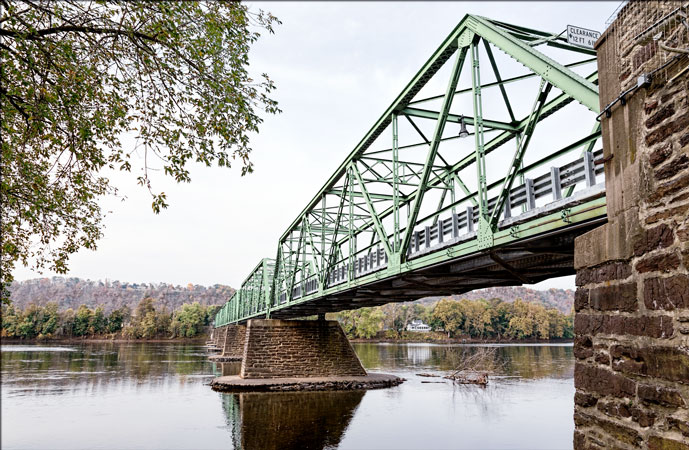 Bridges have spanned the Delaware River between New Jersey and Pennsylvania for more than 200 years. The fresh-water section of the river between the two states is particularly interesting, with some of the bridge crossings playing an important role in the nation’s transportation legacy. The history of the Delaware River’s NJ-PA freshwater bridges includes early wooden structures, floods, fires, private stock-issuing companies, railroad barons, a trolley line, a free-bridges movement, and a new dual-span bridge with an attached shared-use path for pedestrians and bicyclists. Joe Donnelly, deputy executive director of the Delaware River Joint Toll Bridge Commission, talks about the area’s Delaware River bridges – from the Delaware Water Gap to Trenton – with slides of historical photographs, news items, documents, and maps. 90 minutes
Bridges have spanned the Delaware River between New Jersey and Pennsylvania for more than 200 years. The fresh-water section of the river between the two states is particularly interesting, with some of the bridge crossings playing an important role in the nation’s transportation legacy. The history of the Delaware River’s NJ-PA freshwater bridges includes early wooden structures, floods, fires, private stock-issuing companies, railroad barons, a trolley line, a free-bridges movement, and a new dual-span bridge with an attached shared-use path for pedestrians and bicyclists. Joe Donnelly, deputy executive director of the Delaware River Joint Toll Bridge Commission, talks about the area’s Delaware River bridges – from the Delaware Water Gap to Trenton – with slides of historical photographs, news items, documents, and maps. 90 minutes
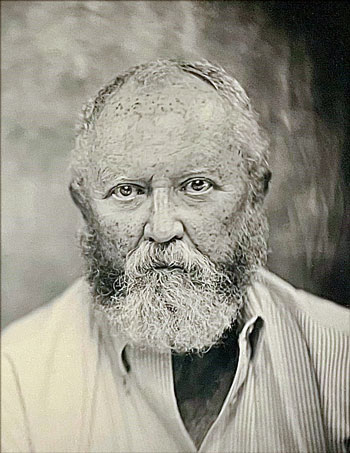 Joe Donnelly became the Delaware River Joint Toll Bridge Commission’s deputy executive director of communications in February 2008 after handling communications in the New Jersey General Assembly and working as a reporter for The Record of Bergen County, NJ. A Lambertville resident, he has endeavored to research and chronicle the various river crossings owned or operated by the Commission. The research spans the development of privately owned covered-wooden toll bridges in the 19th century, the advent of a free bridges movement in the early 20th century, and the evolution of the Bridge Commission after rising volumes of combustion-engine-powered vehicles forced construction of larger highway bridges in the 1930s and 1950s. Mr. Donnelly gives periodic presentations on the Commission’s river crossings to community groups, libraries, and historical organizations up and down the river.
Joe Donnelly became the Delaware River Joint Toll Bridge Commission’s deputy executive director of communications in February 2008 after handling communications in the New Jersey General Assembly and working as a reporter for The Record of Bergen County, NJ. A Lambertville resident, he has endeavored to research and chronicle the various river crossings owned or operated by the Commission. The research spans the development of privately owned covered-wooden toll bridges in the 19th century, the advent of a free bridges movement in the early 20th century, and the evolution of the Bridge Commission after rising volumes of combustion-engine-powered vehicles forced construction of larger highway bridges in the 1930s and 1950s. Mr. Donnelly gives periodic presentations on the Commission’s river crossings to community groups, libraries, and historical organizations up and down the river.
Please enjoy the video of Mr. Donnelly's presentation below.
“Geography is where history happens” -Mr. MacGinnis, History Teacher, North Hunterdon High School
Where people settle down and what they use the land and water for is often driven by geography. Rivers like the Delaware provided easier navigation and were important trade routes for Native Americans and Europeans. For smaller tributaries to the Delaware, like the Musconetcong River, where water navigation was more difficult, life was different. Glaciers, mountains, gorges, and mud were formidable transportation barriers. Swift moving water also provided the hydropower for small mills and those muddy, high-quality soils continue to be a boon to agriculture. Conquering the mountains also meant new transportation innovations, such as inclined planes for the Morris Canal, and tunnels for railroads. Many of these changes are represented in how the village of Asbury, the home of the Musconetcong Watershed Association, developed and keeps evolving. Join us on an exploration of how human land uses changed "up river", on the Musconetcong, and how those same geographic features influence life today.
Bio
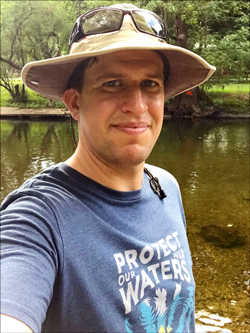 Alan R. Hunt, Ph.D., serves as the Musconetcong Watershed Association’s Director of Policy and Grants. This role includes acting as the River Administrator for the Musconetcong Wild and Scenic River and managing restoration and adaptive reuse for the Historic Asbury Mill. Currently, the MWA is developing its first Musconetcong Scenic and Recreational River National Park Service brochure, a watershed-wide interpretive plan, and is beginning the interpretive planning and exhibit design phase for the Asbury Mill’s Interpretive Center. As a native to the watershed, and growing up on a third-generation family farm, Alan’s perspective on people’s interaction with the land and water greatly inform his work, laying a foundation for how and why ecological restoration benefits water quality, wildlife habitat, and recreation
Alan R. Hunt, Ph.D., serves as the Musconetcong Watershed Association’s Director of Policy and Grants. This role includes acting as the River Administrator for the Musconetcong Wild and Scenic River and managing restoration and adaptive reuse for the Historic Asbury Mill. Currently, the MWA is developing its first Musconetcong Scenic and Recreational River National Park Service brochure, a watershed-wide interpretive plan, and is beginning the interpretive planning and exhibit design phase for the Asbury Mill’s Interpretive Center. As a native to the watershed, and growing up on a third-generation family farm, Alan’s perspective on people’s interaction with the land and water greatly inform his work, laying a foundation for how and why ecological restoration benefits water quality, wildlife habitat, and recreation
Please enjoy the video of Dr. Hunt's presentation below.
4th annual Delaware River Cleanup: Saturday, October 16, 2021
The 2021 Cleanup was another huge success with 18 cleanup locations spanning over 40 miles of the Delaware River from Holland Township (Hunterdon County) to Hamilton Township (Mercer County) along with Raubs Island in the Delaware. Two-hundred and twenty volunteers including AmeriCorps Watershed Ambassadors, Boy Scout Troops 186 B&G (Boy and Girl), Sustainable Frenchtown, and the Ruff Riders participated. The event was planned and managed by a partnership of government and nonprofit entities including:
- Holland Twp, Kingwood Twp, Delaware Twp, West Amwell, Lambertville, & Hamilton Twp Clean Communities
- Hunterdon & Mercer County Clean Communities
- Frenchtown Environmental Commission
- Friends of Abbott Marshland
- Trenton Kiwanis
- NJ State Parks
- PA State Park
- Delaware River Greenway Partnership
Wonderful and dedicated site leaders, volunteers, partnerships, and BEAUTIFUL WEATHER made the event a community success story! Richard Dodds, Mayor of Kingwood, suited up in his wetsuit and snorkel and dove into the canal at Bulls Island to pull out tires, Hamilton Township Public Works, Trenton Kiwanis, Friends of the Abbott Marshland, the Ruff Riders, and members of the Central Jersey Stream Team, Hackensack RiverKeeper, Raritan Riverkeeper, and the Mohawk Canoe Club helped clean industrial and urban areas by the River. Families, organized groups, and individuals volunteered in the hard hit areas damaged by Hurricane Ida. The garbage and litter removed was significant. Happy to say the Delaware River Scenic Byway is now much cleaner as a result. A special thanks goes out to D&R Canal State Park staff member Stephanie Fox who pulls it all together each year!
October 27th, 2021
Steve Meserve:
Wet Dogs, Cold Nights. The History of the Lewis Fishery
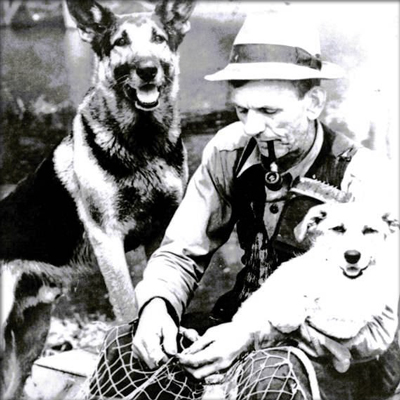
Bio
Steve is a fourth-generation shad fisherman and the captain of the Lewis Fishery in Lambertville, NJ. For 45 years he has been active in keeping the tradition and stewardship of the Fishery alive and relevant. Along with activities directly associated with the Fishery, he also shares his knowledge and experience by giving talks to groups ranging from scouts, college students, historic society members, and the Delaware River Basin Commission. Steve has also presented at the Smithsonian Folklife Festival. By day, Steve works in IT, currently as a business analyst.
Summary
This virtual lecture looked at the 130-year-old fishery in Lambertville, NJ, the last of its kind on the Delaware River. If you drive over the New Hope-Lambertville Bridge in the early evening, often you will see volunteers with shad nets near the Fishery’s white fishing cottage seining for shad in the River. Viewers learned about what things have changed with the Fishery, what has stayed the same, and where the things are headed for in the future.
Interesting Fact 1: The Lewis Fishery collects valuable data to share with regulatory agencies about their catches. Read the reports on the NJDEP website.
Interesting Fact 2: Several documentaries have been made about the Fishery including a feature episode of Bizarre Foods with Andrew Zimmern. Google “Philadelphia Shad Cakes Krak & Kishke” to view the show. Many stories have also been written about the history and operation of the Fishery. Read a www.njspotlight.com piece published in April.
Please enjoy the video of Steve's presentation below.
May 24th, 2021
Hal Taylor:
The Delaware River: An Illustrated History, A Virtual Lecture
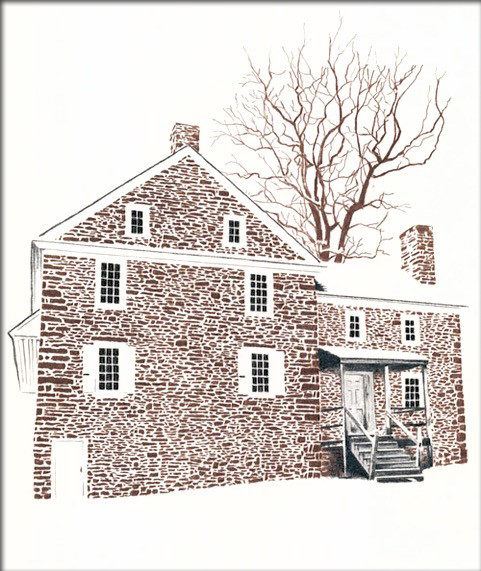
Bio
After spending 30+ years as a graphic artist, Hal Taylor is now devoting all of his efforts into combining a love of history with illustration, while struggling with the new found discipline of writing. He began a career as a typographer setting phototype into the wee hours for ad agencies and design studios. Later, he used this experience to teach at Drexel University. His first book, The Illustrated Delaware River: The History of a Great American River, is an illustrated historical travelogue filled with 140 original drawings and paintings following the entire length of the legendary river. His second effort, Before Penn: An Illustrated History of the Delaware River Colonies, 1609-1682, tells the fascinating story of the struggle among the most powerful nations of Europe for control of the Delaware Valley, years before William Penn’s acquisition of Pennsylvania. A third book, Artifacts, is an eye-opening new volume of Delaware Valley history featuring hoagies, hats, highways, bridges, trains, historic trees, dinosaurs, and much more. Hal loves living in historic New Jersey and loves sharing his passion for art and history. Learn more about him at https://www.haltaylorillustration.com/.
Summary
Riegelsville Bridge, connecting Riegelsville, Pa and Pohatcong Township, NJThe Delaware River: An Illustrated History
Hal presented an illustrated travelogue tracing more than 300 miles and 400 years of history about one of America’s most storied rivers. Features included the country’s oldest resort in Cape May, the Delaware Bay and its fabled oyster industry, forts that span the Revolutionary War to WWII, the commercial importance of Burlington, Bordentown, and Trenton, (including the canals and the railroads), along with scenic old river towns including New Hope and Lambertville. On to the era of the Delaware Water Gap grand hotels and the tragic tale of the Tock’s Island fiasco, winding up with a search for the source of the Delaware.
This talk, one in a series, open to the public and free of charge, was sponsored by the Delaware River Greenway Partnership (DRGP) about different aspects of the cultural, recreational, and natural heritage of the Delaware River. An environmental nonprofit, DRGP supports the Delaware River Scenic Byway , the Lower Delaware Wild & Scenic River, the Delaware River Water Trail, and the Delaware River Heritage Trail.
Please enjoy the video of Hal's presentation below.
December 14th, 2020
Mike McCormick:
Adventures Along the Delaware in South Jersey, A Virtual Lecture
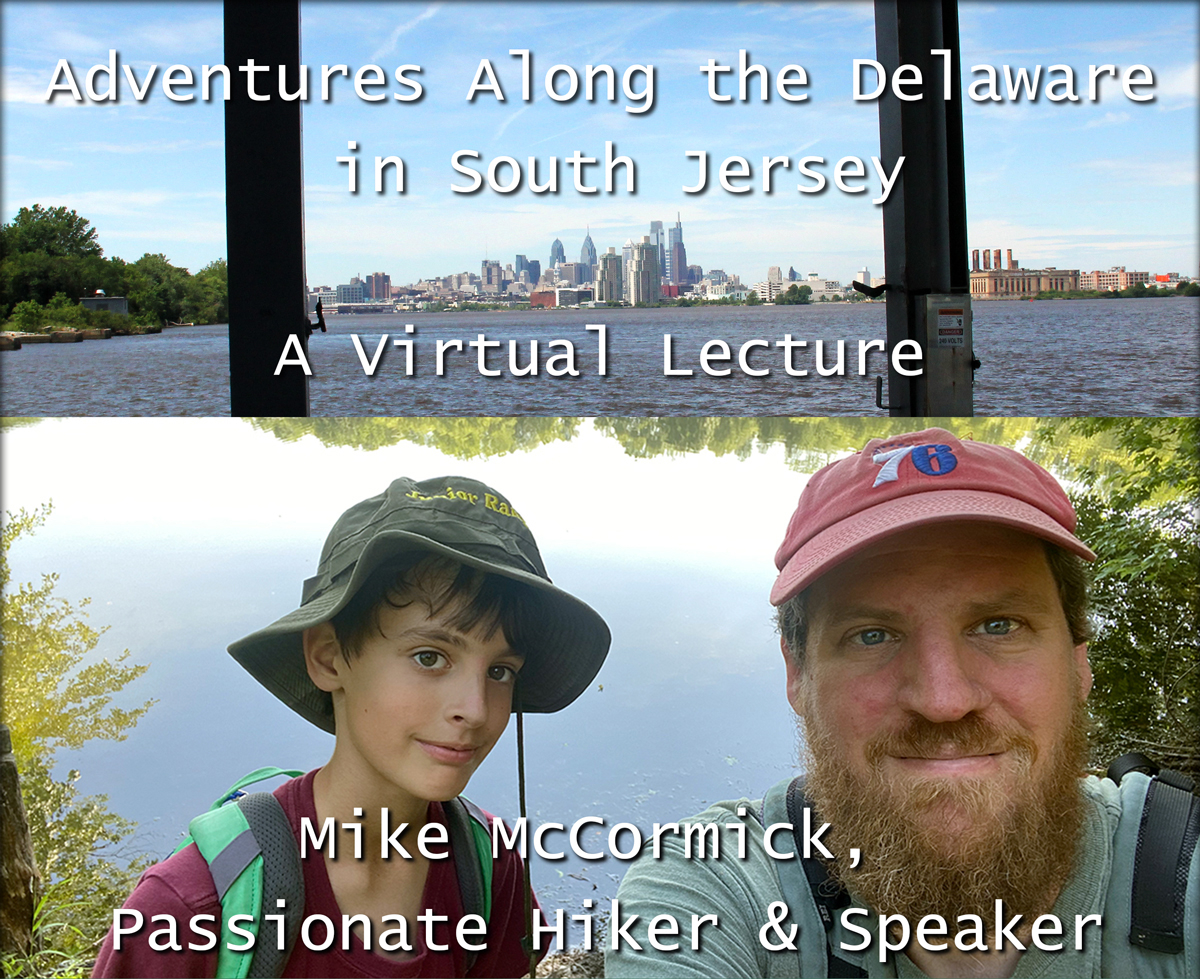
When it comes to the amazing outdoors in NJ, South Jersey is overlooked. This is a shame with the many phenomenal areas to hike and explore, from the Pine Barrens to the Bayshore, to the Shore. The Delaware River, in particular, with its pockets of green and centuries of history, has some absolute gems. Speaker Mike McCormick has spent the last seven years exploring South Jersey and shared some of his favorite parks along the Delaware, including a sneak peek at Petty’s Island Preserve, scheduled to open in 2021.
Mike is the founder and head writer at South Jersey Trails, a website documenting the 200+ trails, including parking, maps, trailheads, pictures, etc., he has explored with the steady stream of stuffed animals that his four children have dropped along the way. In addition to running a website, he oversees a Boy Scout Troop, a Cub Scout Pack and even manages to have a job - he teaches elementary school. After features in the Philadelphia Inquirer, South Jersey Magazine, and The Sun Papers, Mike has a following of 16,000 fellow hikers.
This talk, one in a series, open to the public and free of charge, was sponsored by the Delaware River Greenway Partnership, (DRGP), about different aspects of the cultural, recreational, and natural heritage of the Delaware River. An environmental nonprofit, DRGP supports the Delaware River Scenic Byway, the Lower Delaware Wild & Scenic River River, the Delaware River Water Trail, and the Delaware River Heritage Trail.
Please enjoy the video of Mike's presentation below.
Thanks to 100 plus volunteers, and many nonprofit and governmental sponsors including the D & R State Park, Hunterdon County, Delaware Township, West Amwell and Frenchtown Clean Communities, and the Delaware River Greenway Partnership, the 3rd Annual NJ Clean Communities Delaware River Cleanup was a success with over 100 bags of garbage, 20 tires and larger pieces of debris collected. We look forward to the 4th annual event tentatively on Sept. 18, 2021.
November 13, 2019
America’s “Ancient Garden:” The Bartram Botanic Garden 1728-1850

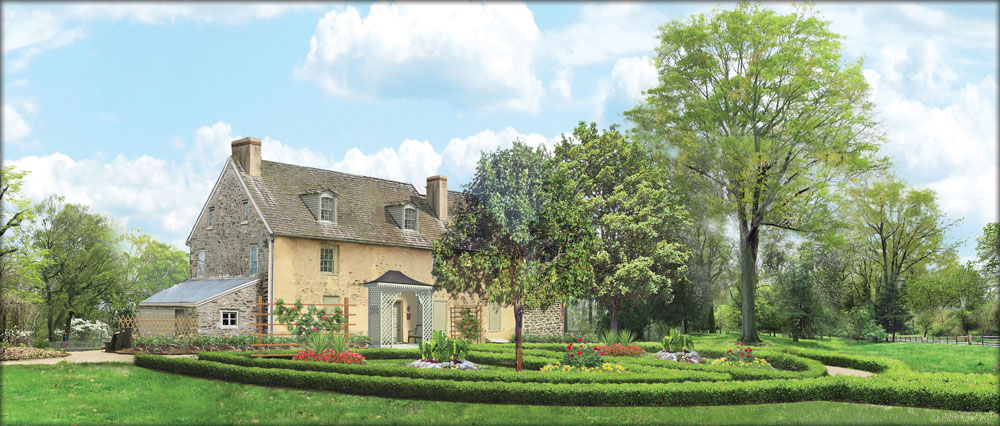
Four generations of Bartrams lived and worked at the family botanic garden in Philadelphia from 1728-1850 and made their livelihood by the exchange of plants and natural history specimens with the world. Bartram’s Garden became a gathering point for scientists, artists, gardeners, and the curious. Most of the native plants of eastern North America were in cultivation by the Bartrams, and the collection grew with contributions from each generation. When the garden left Bartram family hands in 1850, Bartram’s Garden could be described as a truly ancient garden.
This talk traced the careers of John Bartram and his son William, and their travels in North America. Their business in plants saw them collecting along both sides of the Delaware Valley almost every year. Bartram’s Garden has been preserved as a Philadelphia city park since 1891, and recent restoration work has seen the recreation of a garden from the third Bartram generation, the “Ann Bartram Carr garden,” and a new “Bartram Mile Trail” along the west bank of the Schuylkill, reconnecting the garden to Center City Philadelphia.
Joel T. Fry has served as curator for Bartram’s Garden since 1992. He has participated in a number of archaeological and historic research projects at the garden site since 1975. He studied anthropology, historical archaeology, and American Civilization at the University of Pennsylvania, and has written extensively on the history of Bartram’s Garden and the Bartram family plant collections.
His several publications include: “Inside the Box: John Bartram and the Science and Commerce of the Transatlantic Plant Trade” (2014); “America’s ‘Ancient Garden’: The Bartram Botanic Garden, 1728-1850” (2011); “William Bartram’s ‘Commonplace Book’ and ‘On Gardening’” (2010); “William Bartram’s Oenothera grandiflora: ‘The Most Pompous and Brilliant Herbaceous Plant yet Known to Exist’” (2010); and “Historic American Landscapes Survey, John Bartram House and Garden” (2004).
September 17, 2019
Robert McCracken Peck: Ordering the Cosmos:
Charles Willson Peale and the Philadelphia Museum
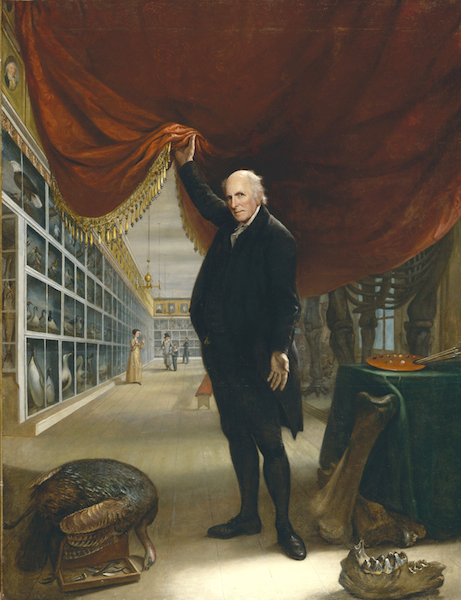
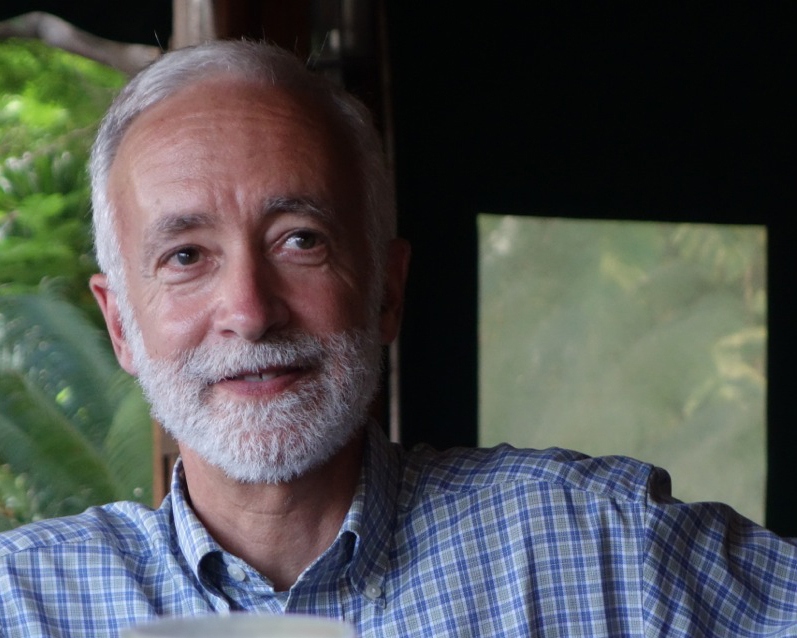
In 1790, Charles Willson Peale announced to the citizens of Philadelphia that he was prepared to open a museum of "objects of natural history and things useful and curious" which he hoped might one day be recognized as a cultural and scientific repository for the nation. It was to represent the culmination of a long and distinguished career in art and science that made Peale one of the most remarkably versatile figures of his age. Peale's Philadelphia Museum, which flourished well into the 19th century, began its focus on the flora and fauna of the Delaware Valley, but quickly expanded to include other parts of the country and ultimately objects from around the world. It set standards for museums that are still applicable today. Using images of Peale's remarkable collections of paintings and artifacts, naturalist and historian Robert Peck discussed Peale's seminal contributions to American art and science and place his museum in its broader cultural, artistic and scientific context.
Robert McCracken Peck, Senior Fellow of the Academy of Natural Sciences of Drexel University, is a writer, naturalist, and historian who has traveled extensively in North and South America, Africa, Asia and Europe. He served as Special Assistant to the Academy's President and Director of the Academy's Natural History Museum before being named Fellow of the Academy in 1983. The author of numerous books and articles on natural history and the history of science, Peck serves as the “humanist” on the staff of the Academy. He has provided commentary for NPR, PBS, BBC, the New York Times and other news outlets.
May 7, 2019
Dennis Bertland:
Delaware River Settlement & Commerce during the Pre-canal Era
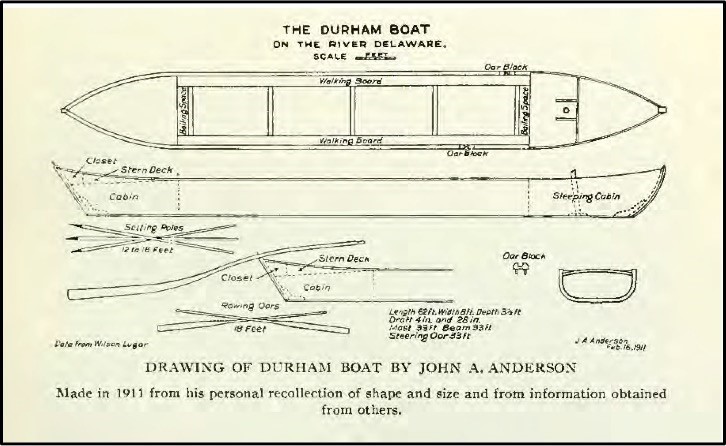
A trade network had developed along the Delaware River by 1750, a half century after European settlers began to occupy the middle reaches of the valley. For almost a hundred years thereafter, the river served as the region’s major commercial artery. Dennis Bertland pointed out the boat landings, mill hamlets and market towns with their riverside storehouses, stores, and taverns that served as collection points for the shipment of marketable products shipped downriver to Philadelphia and overseas, and goods brought upriver for local consumers. He also discussed the products transported which included corn, flour, hemp, linseed, logs, and, later, pig iron, castings, preserved pork and beef, distilled liquor, roofing slate and fuel coal.
The speaker is the principal of Dennis Bertland Associates, a historic preservation consulting firm based in Stockton, New Jersey. He has an extensive background in historical research related to the early settlement patterns and architecture of the Delaware Valley. This program on early river trade and settlement along the Delaware River is based on research he conducted for the Knowlton Township Historic Commission, stewards of the Ramsaysburg Homestead, an 18th century property along the river in Warren County, New Jersey.
April 17, 2019
Teagan Schweitzer:
Sturgeon: Its History and Impact on the Delaware Valley from an Industrial and Culinary Perspective
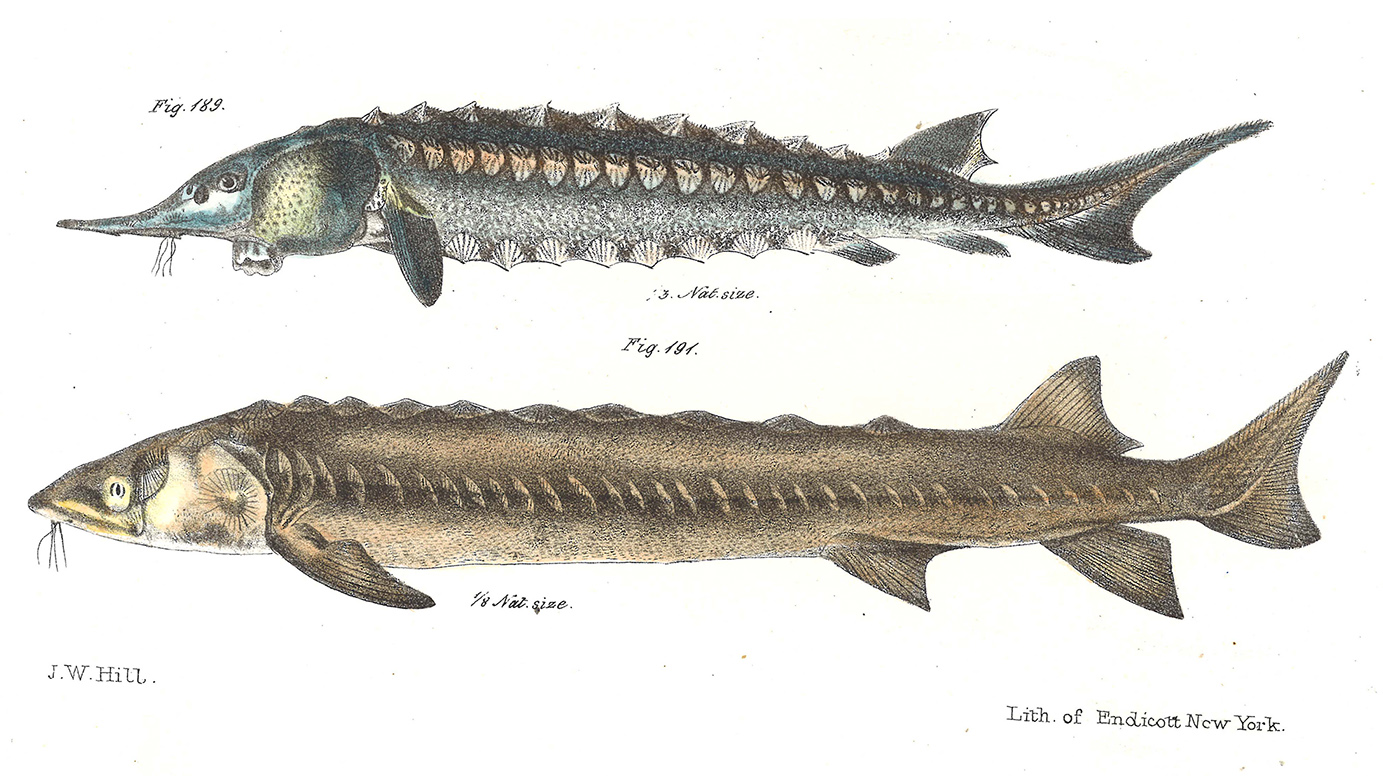
Did you know that sturgeon were once a significant part of Philadelphia’s fishing industry? In the 19th century, sturgeon from the Delaware River and its tributaries made up a major share of the local economy and foodscape. It also played a significant role in sturgeon consumption around the globe. Like many other depletable food sources, the sturgeon industry went through a significant boom-bust cycle. In this lecture, learn more about the history of the sturgeon and the industry that grew up around it, its various uses, its culinary impact on the local cuisine and hear some amusing historic sturgeon stories.
Schweitzer has a Ph.D. in Anthropology from the University of Pennsylvania with a focus on Historical Archaeology and specifically on the food of the Philadelphia area during the 18th through 20th centuries. She works as a zooarchaeologist, specializing in the analysis of animal bones recovered from archaeological sites for AECOM, one of the biggest engineering firms in the world. This talk results in part from her research on AECOM’s I-95 project, to date the largest and most extensive archaeological excavation in any U.S. city.
November 14, 2018
Jeffrey Marshall:
Delaware River Towns: Full of Character and Full of Characters

Rivers have always been important to people. A crossing or fording place in a shallow river often led to the emergence of a ferry and tavern and several houses. The presence of a tavern or ferry would encourage commercial growth, and if the crossing site was blessed with streams to provide water power for milling, a village would likely follow. Entrepreneurs often built a bridge across the river which funneled more traffic and business to the town.
River towns seemed to attract a special type of character. Hard working, fun loving people who could deal with the threat of flooding and other dangers of life along river as well as the beauty and vitality provided by the river.
Jeffrey Marshall, president of Heritage Conservancy in Doylestown, PA, has been involved in land conservation and historic preservation for 40 years. A strong advocate of community outreach and engagement, he has been the recipient of multiple tourism and historic preservation awards and is the author of six books on Bucks County architecture and history. Marshall serves as vice president of the Board of Directors of the National Barn Alliance and is a founding member and past president of the Board of Directors of the Historic Barn and Farm Foundation of Pennsylvania. He serves on the Board of Directors of Preservation PA and is a former president of the board of the Pennsylvania Land Trust Association.
October 18, 2018
Chuck Veit: The Alligator: The US Navy's First Submarine

The fascinating story of the Alligator, its missions, and its loss, is told against the history of underwater vessels in the first half of the 19th century.
In the late 1850s—on the Delaware River at Philadelphia and on Rancocas Creek in New Jersey--an immigrant French engineer named Brutus de Villeroi built a submarine. It was to be used for hunting sunken treasure, but, when war broke out, the inventor offered it to the Navy of his adopted country. Although not interested in submarine warfare, the U.S. Navy was willing to gamble on anything that might be able to sink the rebel Merrimack. De Villeroi's credentials were impeccable: he had a lengthy record of inventions and discoveries, and had built his first submarine in 1832. What could go wrong?
Naval historian Chuck Veit is author of a number of original research books on Civil War naval topics. Copies of his most recent book, Natural Genius, which tells the story of Brutus de Villeroi and the Alligator, was available for sale. Chuck is a frequent speaker on 19th century naval topics at area historical societies, Civil War roundtables and conferences and has published numerous articles in journals and magazines. He is president of the Navy & Marine Living History Association, an organization dedicated to sharing America’s naval history through the medium of in-the-field events.
June 3, 2018
Pedal & Paddle on Sunday
A much-enjoyed blend of an 8.5 mile bike ride on the Delaware Canal Towpath and a 3 mile kayak paddle on the D&R Canal!
Co-sponsored by Delaware Canal State Park, D&R Canal State Park and Delaware River Greenway Partnership.
Pedal & Paddle 6/18
Images from Pedal & Paddle Event June 3rd, 2018
preBike.jpg
https://www.delawarerivergreenwaypartnership.org/images/eventsImages/PedalPaddle0618/preBike.jpg
bridgeWalk.jpg
https://www.delawarerivergreenwaypartnership.org/images/eventsImages/PedalPaddle0618/bridgeWalk.jpg
towpathbikeriding.jpg
hendricksislandinterp.jpg
BullsBridge.jpg
https://www.delawarerivergreenwaypartnership.org/images/eventsImages/PedalPaddle0618/BullsBridge.jpg
bullsLaunch.jpg
https://www.delawarerivergreenwaypartnership.org/images/eventsImages/PedalPaddle0618/bullsLaunch.jpg
grouppaddlecanal.jpg
drcanalpaddle.jpg
dennisPaddling.jpg
canalWall.jpg
https://www.delawarerivergreenwaypartnership.org/images/eventsImages/PedalPaddle0618/canalWall.jpg
May 14, 2018
Richard Hunter:
Trenton’s Other Canal: The Trenton Water Power
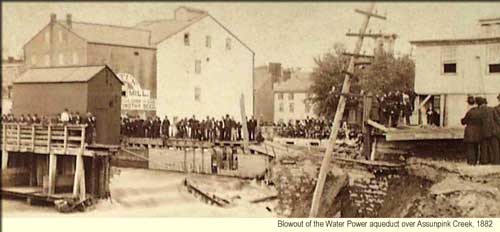
Built at the same time as the Delaware and Raritan Canal in the early 1830s, the Trenton Water Power arguably exerted as much influence over Trenton’s 19th-century industrial growth as its better known and larger sibling waterway. The 7-mile-long canal powered dozens of downtown factories – flour mills, saw mills, textile mills and foundries. It played an especially critical role in the rise of the Trenton Iron Company and the Cooper Hewitt iron and steel empire. Today, virtually all above-ground trace of the Trenton Water Power has disappeared. Much of it lies beneath Route 29, which faithfully follows its course from Scudder’s Falls to the Assunpink Creek. Once in a while, remains of the canal will come to light as the city redevelops. Dr. Hunter’s presentation drew heavily on his firm’s historical and archaeological studies carried out over the past quarter century in connection with the reconstruction of Route 29 and other downtown development projects.
Dr. Richard Hunter is President of Hunter Research, Inc., a Trenton-based historic preservation consulting firm founded in 1986. A long-time resident of Hopewell Township, Richard currently serves as a Mercer County Cultural & Heritage Commissioner, a trustee of the Hopewell Valley Historical Society, and a board member of the Trenton Downtown Association. He has authored numerous articles on topics of New Jersey history and archaeology and he lectures frequently throughout the region.
April 23, 2018
Richard Veit:
Fever! The History and Archaeology of the Philadelphia Lazaretto, a Precursor to Ellis Island
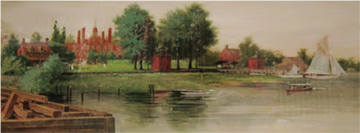
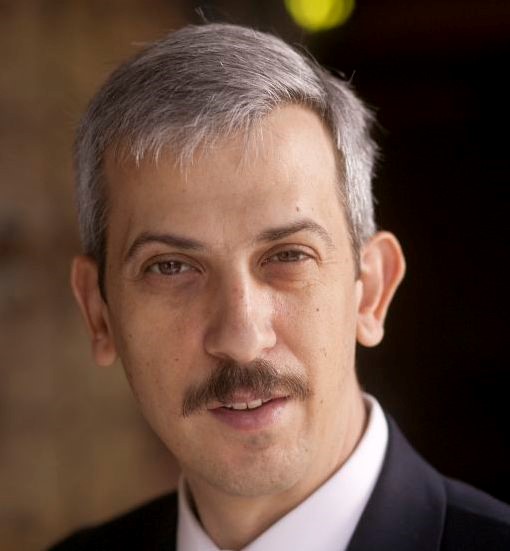
Lecture presented by historical archaeologist Dr. Richard Veit, Professor of Anthropology and Chair of the Department of History and Anthropology at Monmouth University. The presentation examined the history of the Lazaretto and Monmouth University’s archaeological investigations at the site.
The Philadelphia Lazaretto, located in the Delaware River community of Essington in Tinicum Township, Pennsylvania, is the oldest surviving lazaretto, or quarantine station, in North America. The 10-acre lazaretto, built with a hospital, offices
and residences on the banks of the Delaware River, processed ships, cargo and passengers sailing from the port of Philadelphia for nearly a century.
September 13, 2017
Charles Hardy:
Fish or Foul? A History of the Delaware River Basin through the Perspective of the American Shad
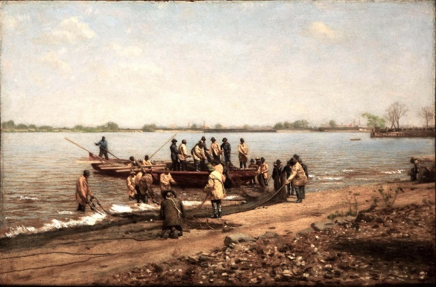

Professor Charles Hardy is an authority on the Delaware’s best known fish species and its early shad fisheries industry. In this illustrated talk, Professor Hardy used the history of the Delaware River shad fishery as a window into the water quality of the lower Delaware and competing uses of its waters from the 1680s to the present.
A professor of history at West Chester University, Charles Hardy III is the producer of award-winning historical websites and documentaries. Dr. Hardy is the principal author of “Pennsylvanians and the Environment” on ExplorePAhistory.com, for which he also serves as supervising historian.
May 22, 2017
Richard Hunter:
Trenton –A Forgotten Port Community
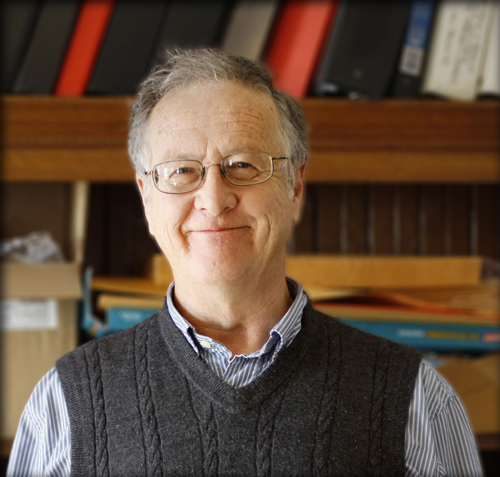
In his lecture, Dr. Hunter discussed the history of Trenton as a port and trading hub at the head of navigation on the Del-aware River.
Trenton emerged as an important focus of the fishing industry in the mid-18th century. Beginning in the 1760s, Trenton Landing (aka Lamberton) became a satellite port of Philadelphia with transatlantic and Caribbean shipping docking on the riverbank where the Route 29 tunnel is today. Trenton Landing was a key supply station for American forces during the Revolutionary War and the port thrived into the early 19th century as sailing vessels began to be replaced by steamboats. Decline came as the Delaware and Raritan Canal and the railroads took business away from the waterfront from the 1830s onward, but Trenton maintained a portly presence well into the 20th century with its marine terminal. This presentation drew heavily on the historical and archaeological studies carried out over the past 20 years in connection with the reconstruction of Route 29.
Richard Hunter is president of Hunter Research, Inc., a Trenton-based historic preservation consulting firm founded in 1986. He holds a Ph.D. in historical geography from Rutgers University, an M.A. in archaeological science from Bradford University, U.K. and a B.A. in archaeology and geography from Birmingham University, U.K. A long-time resident of Hopewell Township, Dr. Hunter currently serves as a Mercer County Cultural & Heritage Commissioner, a trustee of the Hopewell Valley Historical Society, and a board member of the Trenton Downtown Association. Dr. Hunter has authored numerous articles on topics of New Jersey history and archaeology and he lectures frequently throughout the region.
April 10, 2016
Tom Folk:
Delaware River Views by the Pennsylvania Impressionists
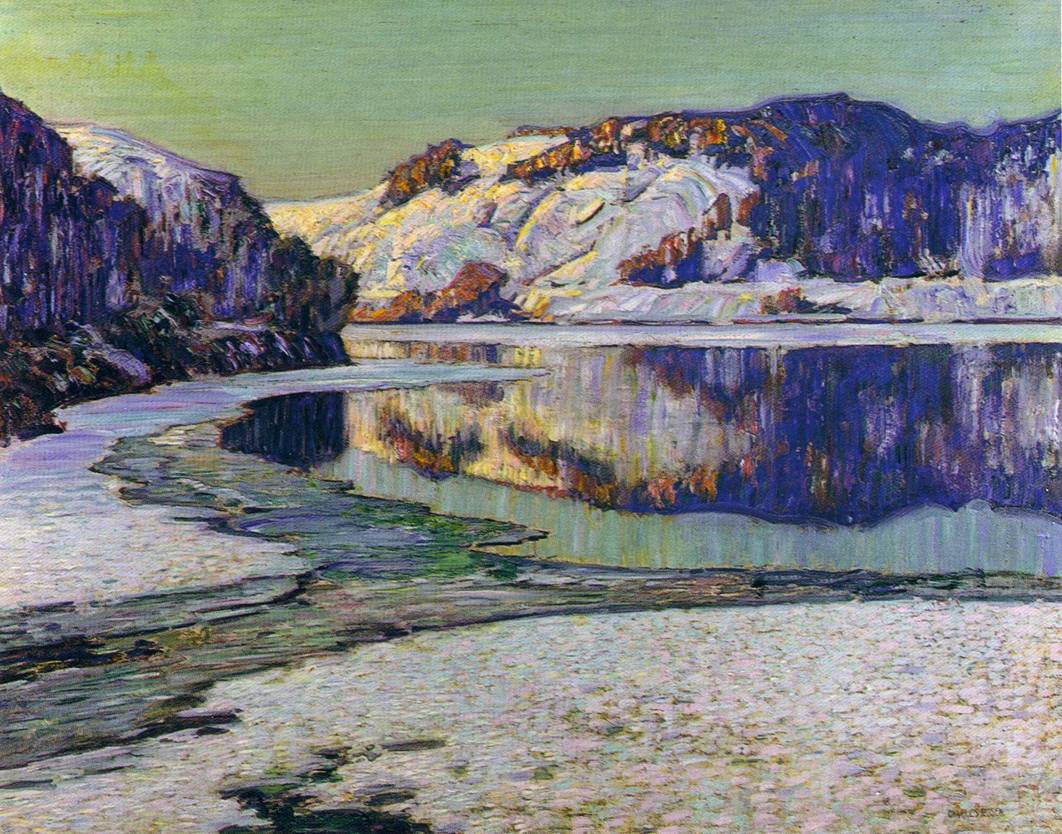
This distinctively American school of Impressionist landscape painting focused on preserving views of the Delaware River. Starting in1898, painters settled along the river and the canal from New Hope to Point Pleasant. The river towns and landscapes — some views have changed while others have not — are featured in many of the best known works of this school. The paintings of Edward Redfield, Daniel Garber, Charles Rosen and many others were discussed.
Dr. Tom Folk is author of Pennsylvania Impressionists and regarded as the leading authority on the subject. He published the first book on this subject in 1997 and has organized more than a dozen museum exhibitions of paintings by the New Hope Impressionists. He is currently working on the definitive catalogue of the works of Edward Redfield, the leading painter of this group. Folk was formerly curator at the James Michener Museum in Doylestown. He has also published many articles on American ceramics. He is on the Education Committee of the Appraisers Association of America, and teaches at New York University.
April 22, 2014
Bruce Stutz:
Three Centuries of Earth Day on the Delaware River
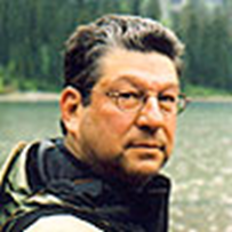
Environmental historian and journalist Bruce Stutz was the featured lecturer on Earth Day, April 22, 2014. Mr. Stutz’s books include Natural Lives, Modern Times, People and Places of the Delaware River, an environmental history that connected the natural history of this longest undammed river on the East Coast to the civilization that grew up along its banks, a civilization that eventually threatened the very river that gave it life.
His lecture, “Three Centuries of Earth Day on the Delaware River” addressed human impacts on the river. Within twenty years of William Penn's arrival in the late 1600s, Dutch, Swedish, and English colonists had irreversibly altered the nature of the Delaware River. According to Mr. Stutz, understanding the river's survival over the ensuing three centuries provides reason to be optimistic for its future.
Bruce Stutz is a contributing editor to OnEarth, the magazine of the Natural Resources Defense Council, and to e360, the online environmental journal of the Yale School of Forestry. For more than thirty years he has traveled the world to report on nature, the scientists who study it, and the challenges of environmental change. His articles have appeared in national and international publications, among them Discover, Natural History, Scientific American, The New York Times Magazine, Audubon, and Conde Nast Traveler. As a magazine editor—as features editor at Audubon and then as Editor-In-Chief of Natural History—he worked closely with international scientists from diverse disciplines and engaged some of the world’s best photojournalists. His museum projects include editorial concept design and content for “Science Storms,” a permanent exhibit at the Chicago Museum of Science and Industry and exhibits at the California Science Center’s new Air and Space Center.



